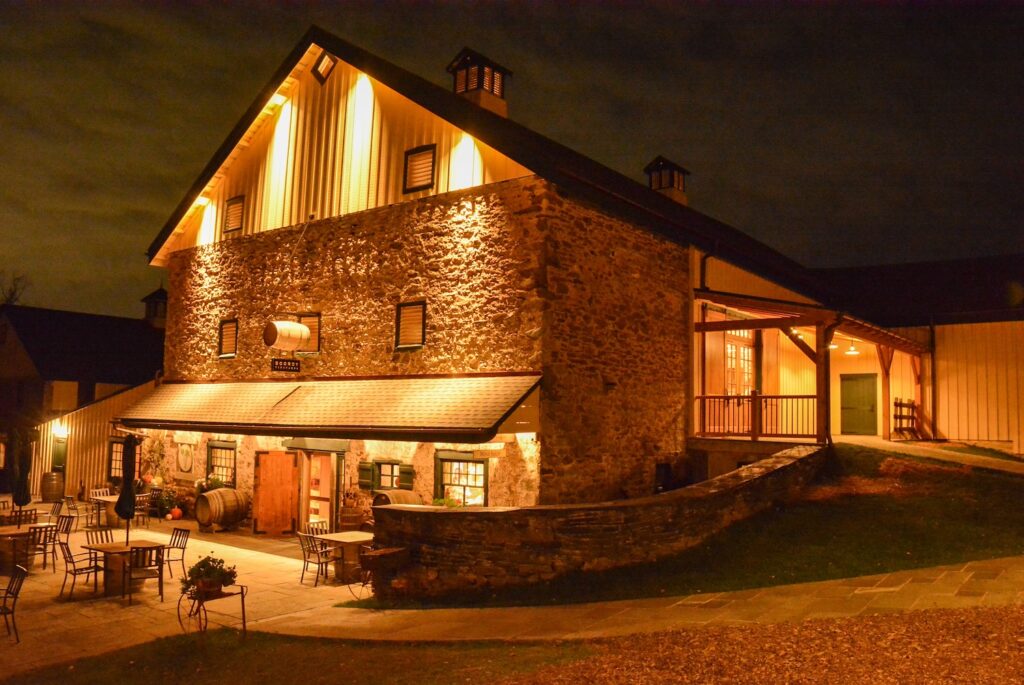Not a member? You can find details and sign up info here.
Need to update your account information?
LANDMARK WINE CLUB 2025 SCHEDULE
SPRING 2025
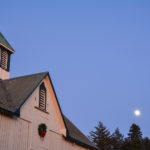
WINE CLUB EXCLUSIVE PICK UP EVENINGS
Join us this Spring in celebrating the release of our May Wine Club quarter.
Sat. May 3
Music by Jay Swanson. Food is available for purchase from The Food Market.
6:30pm – 9:00pm
Sat. May 10
Music by Ian McLaughlin. Food is available for purchase from Lib’s Catering..
6:30pm – 9:00pm
Fri. May 16
Music by Ricky Olaguer. Food is available for purchase from The Food Market.
6:30pm – 9:00pm
Fri. May 23
Music by Dan Haas. Food is available for purchase from Lib’s Catering.
All attendance is by RSVP only. Please check your emails from our Landmark Club Manager to RSVP online or email [email protected]. This Spring invitation will be open to each member plus 3 guests.
SPRING WINE PACKAGE: Coming soon!
Winter 2025
Boordy celebrates 80 years
The bonding of Boordy Vineyards as Maryland’s first commercial winery in 1945 puts us in rare company as one of the oldest post-Prohibition wine labels in the United States. Founded by Philip & Jocelyn Wagner and operated by them for the first 35 years, the winery moved to the Deford family farm in 1980 where it has flourished over the ensuing four and a half decades, always evolving with a commitment to excellence.
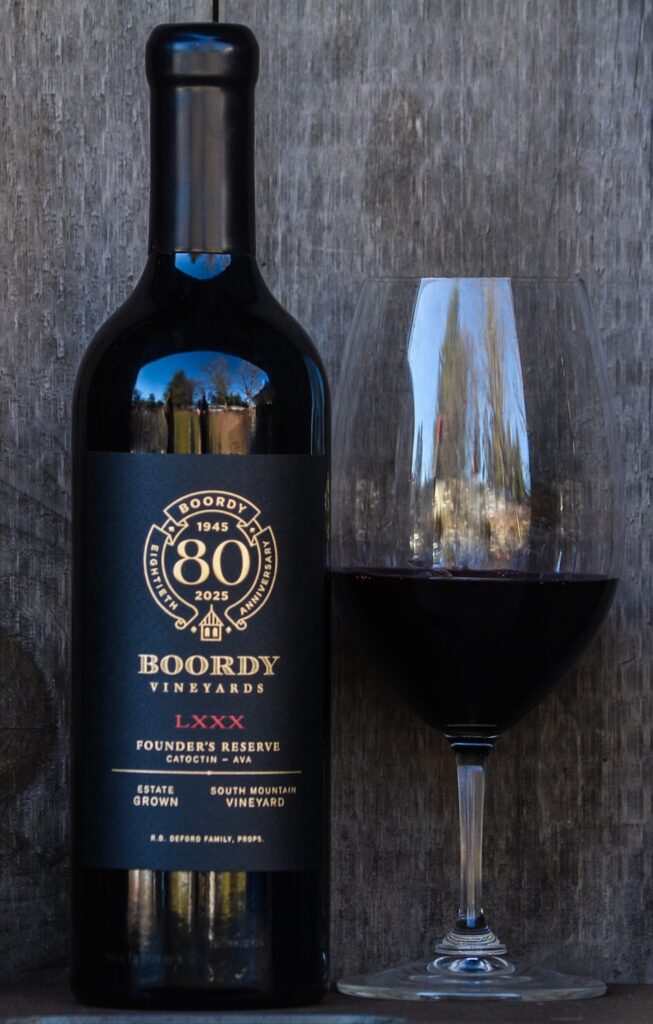
To celebrate this toast-worthy milestone, we are excited to offer a special commemorative wine, the “Founder’s Reserve”. This unique assemblage from the exceptional 2022 vintage represents wines from the best blocks of our South Mountain Vineyard in the Catoctin AVA. We methodically tasted every barrel to first create the four distinct red wines of our Dry Bench Series. Then we dedicated a portion from each of these wines to blend our Founder’s Reserve. We feel, without hyperbole, that this is the finest red wine that Boordy has produced, and one equal to this auspicious occasion.
What’s fascinating about this blend is the contribution by each component to the marriage of aromas and flavors. Cabernet Franc, the lead variety, confers aromas of cherry, black pepper and lavender; Merlot, next in line, expresses menthol and dark chocolate, and Cabernet Sauvignon and Petit Verdot present vanilla bean and mocha. Rich, full-bodied, and layered on the palette, with firm tannins, Founder’s Reserve is ready to drink now but also will age gracefuly for a decade or more.
We look forward to sharing tastings of the Founder’s Reserve with Landmark Club members at our pickup events this February, and will be offering the wine exclusively to Club members and their guests throughout the month. For members who would like to purchase this wine but are unable to come to the winery in person –
Click Here to purchase our Founder’s Reserve.
This link will be available for you to purchase during the month of February. The price per bottle, before the Landmark Club member discount, is $100.
(The Founder’s Reserve will be made available to all Boordy wine lovers for purchase in May 2025.)
Celebrate with us at Boordy’s “Supper Club” evenings
As part of our 80th Anniversary celebration, Boordy will be partnering with some of the area’s finest chefs to host monthly Supper Clubs at the winery from March through September. Supper Club evenings are limited to 30 guests and will feature five courses paired with Boordy’s estate-grown wines. Tickets will go on sale in early February. The cost is $135 per person, including sales tax and gratuity.
March 19th – The Food Market, Chef Chad Gauss
April 16th – Grano, Chef Gino Troia
May 21st – Clavel, Chef Carlos Raba
June 18th – Costiera, Chef Brian Lavin
July 16th – La Barrita, Chef Sebastian Cordona
August 20th – Daniela, Chef Daniela Useli (featuring a completely GF menu)
September 17th – True Chesapeake, Chef Zack Mills
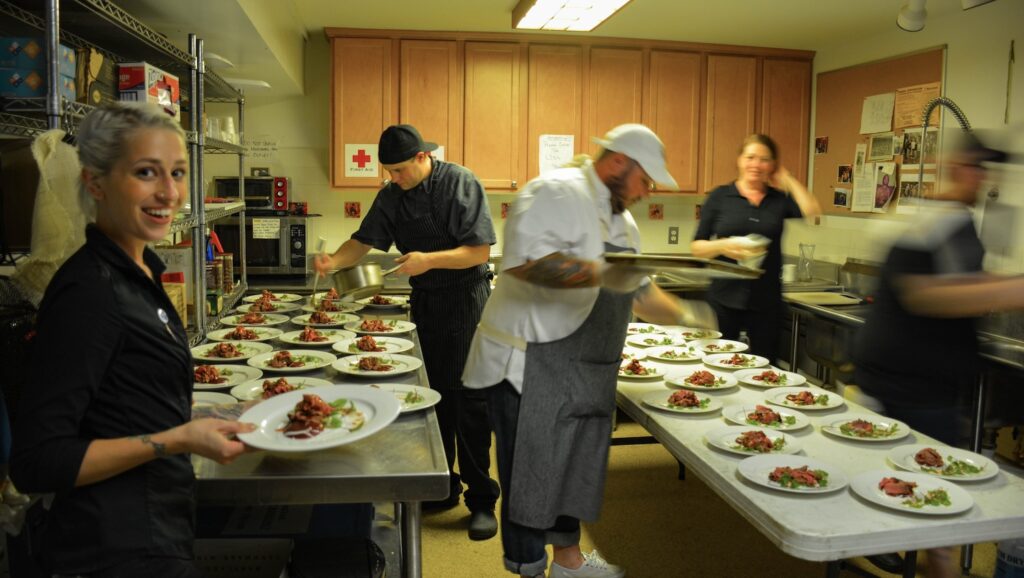
Deford Family to be inducted into Maryland’s Agriculture Hall of Fame
The R.B. Deford family is honored and humbled to be named the recipient of the Governor’s Agriculture Hall of Fame Award for 2024. This award is a testament to our history as Maryland farmers, to the family business, Boordy Vineyards, and to the farm on which it resides, Long Green Farm in Baltimore County. Originally a livestock and produce farm, we planted our first vines in 1965 and became winemakers in 1980 with the purchase of Boordy Vineyards from our friends Philip and Jocelyn Wagner.
The award will be presented to the family by Governor Wes Moore and Secretary of Agriculture, Kevin Atticks, at a ceremony on February 6. This is only the second time in the history of the award that a farming family in Baltimore County has been inducted into Maryland’s Agriculture Hall of Fame.
Cheers,
Rob Deford, owner/president
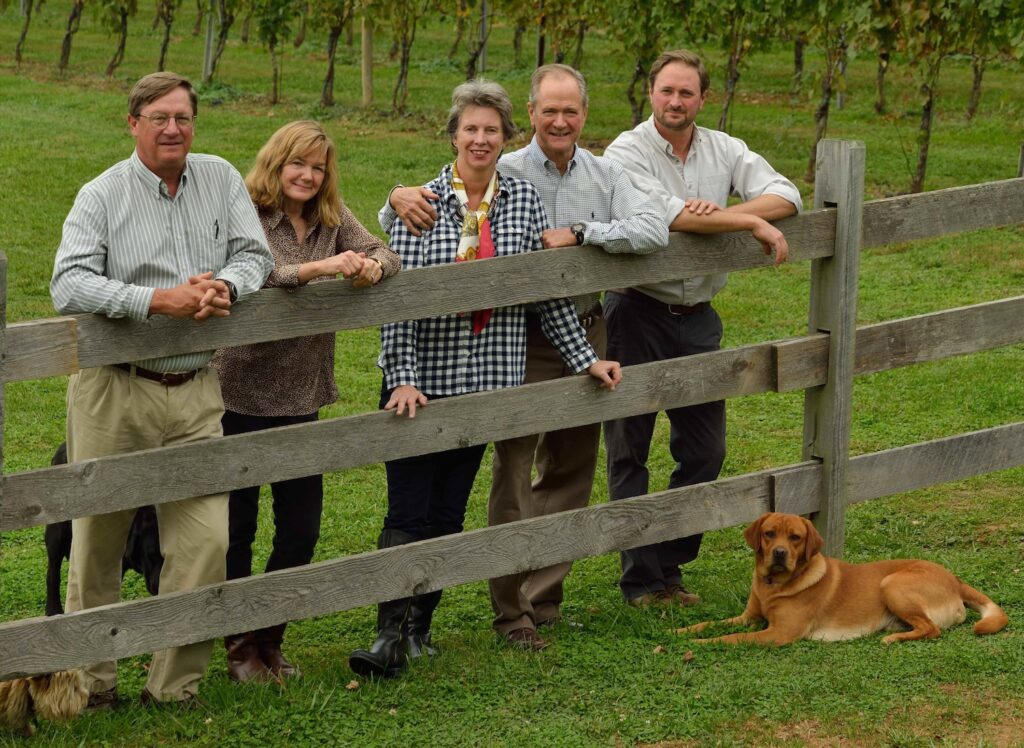
August 2024
Proud
If someone had predicted when I was growing up on our farm feeding livestock, baling hay, and planting tomatoes that the Baltimore Symphony Orchestra would be playing before 2000 people in front of the Big Barn that once housed our cattle, I would have doubted their sanity. Yet…on July 26th we hosted the Symphony for its third sell-out performance at Boordy since 2021. This was arguably the highlight of a summer full of events featuring live music, gourmet food, local produce and crafts, and delicious wines.
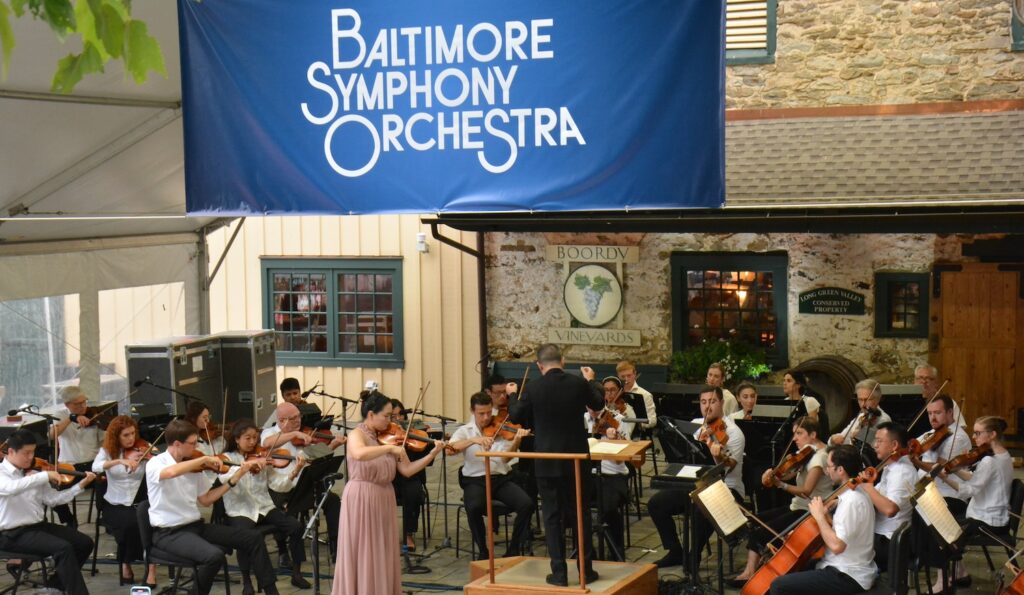
While growing and making fines wines will always be our central focus, Boordy has evolved into something more – a community resource, an oasis for the good life, and an environmental steward of the land that has sustained us for generations.
The long journey that has made Boordy the remarkable place that it is today is one for which I, my family, and our staff feel great pride. Our land has been tilled continuously since the early 1700’s, and the pastoral sweep of fields and streams and the historic buildings would be familiar to a visitor from two centuries ago. We are fortunate to have survived the tsunami of commercial and residential development that has swallowed up so many small family farms since World War II.
Our farm thrives today because we have embraced change. For 250 years we raised traditional crops, livestock, and poultry. What altered our course was a seemingly minor decision by my father, Robert Deford Jr., to indulge his love of wine by planting a small vineyard on the farm in 1965 to supply grapes to his friend and Boordy’s founder, Philip Wagner. It made sense: tending the vineyard provided work for farmhands and kids during slack time in mid-summer. In 1980 we purchased Boordy from the Wagners and moved it lock, stock, and barrel to our farm, shifting our emphasis away from traditional crops and casting our lot with growing and making wine.
Boordy is Maryland’s first commercial winery and is one of the oldest post-Prohibition wine labels in the United States. As significant as that may be, the winery we brought to our farm in 1980 was a small, primitive operation that was out of step with the quantum leaps in quality that were taking place in California and Europe. There was much work to be done. Step-by-step we have made improvements over the ensuing decades: to the vineyards, to the winery, and to our historic Barns.
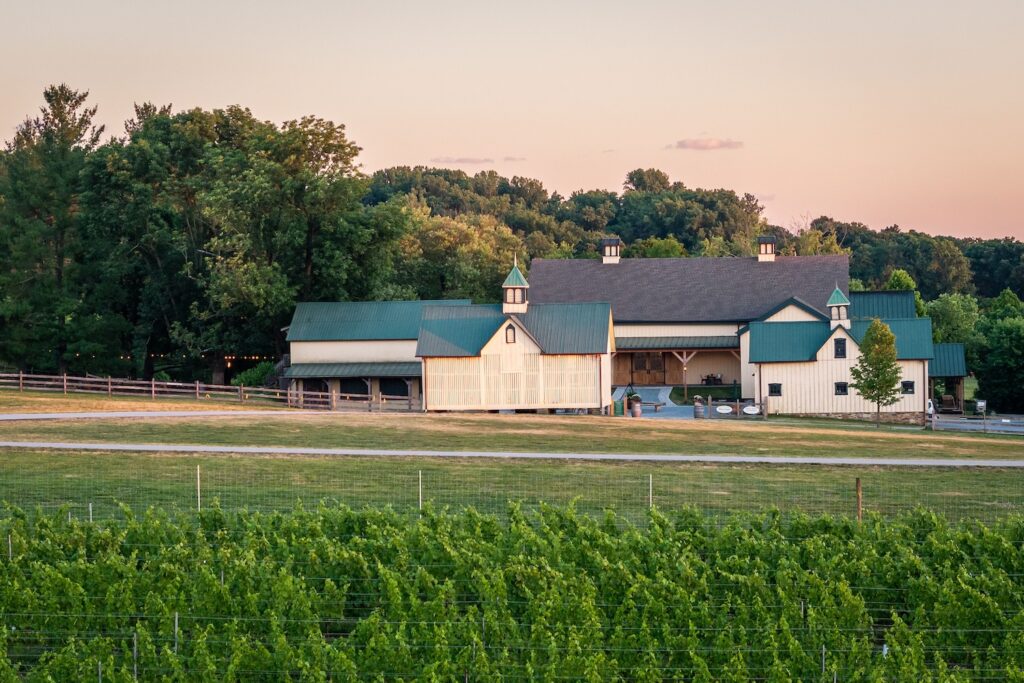
As we approach Boordy’s 80th anniversary in 2025, it is appropriate to take a breath to appreciate all that has been accomplished, while acknowledging that evolution has no endpoint. Winegrowing may be one of mankind’s oldest professions, but there’s no room for complacency. The years ahead are replete with refinements, challenges, and triumphs as we quest for the highest quality.
Thank you for being a member of our Landmark Wine Club – you are important partners in our journey. We look forward to celebrating Boordy’s 80th anniversary with you next year!
Cheers,
Rob Deford, owner/president
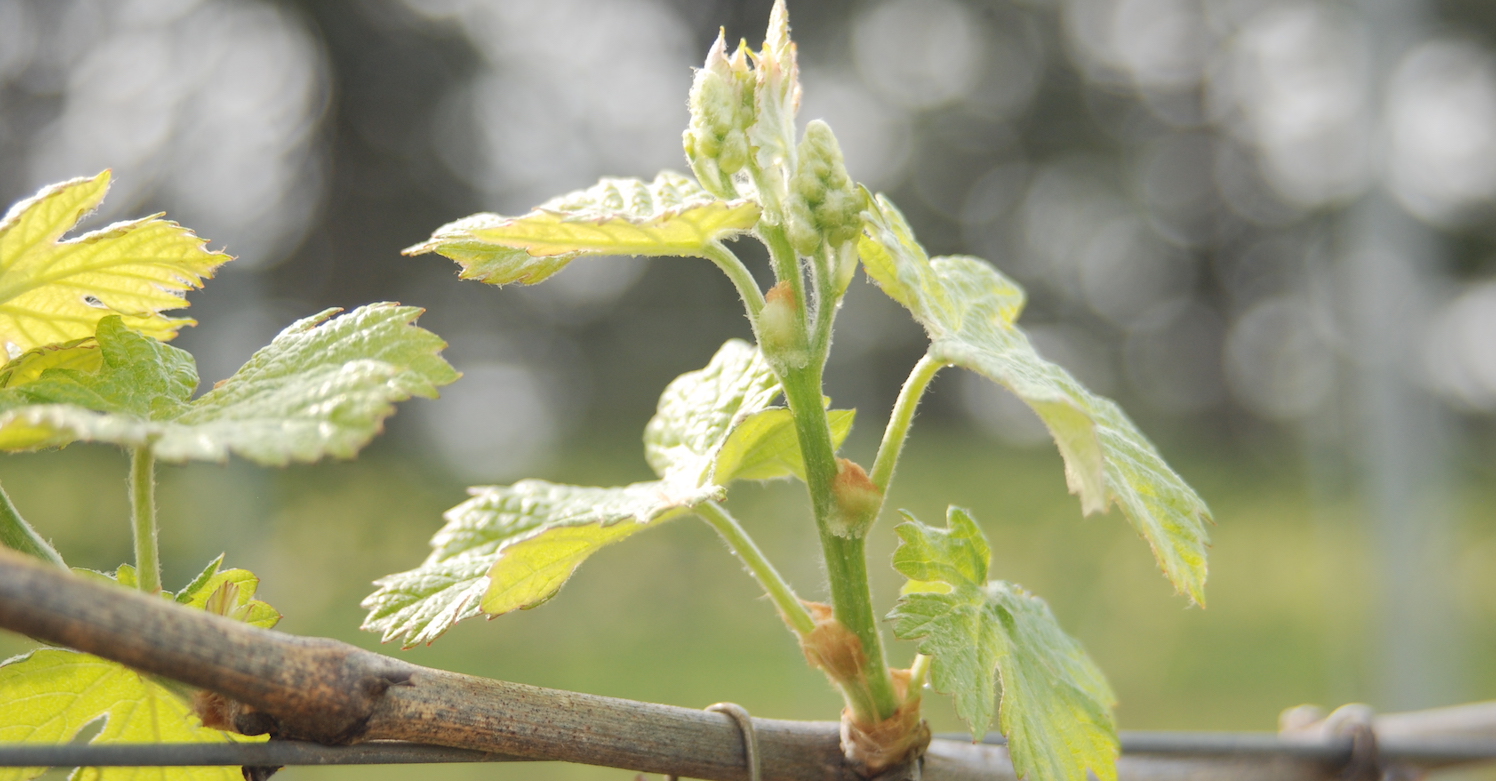
MAY 2024
The growing season springs to life
The 2024 growing season has started off much like the great 2023 vintage, with periods of unseasonably warm weather in February and March that prompted early budbreak. And, as in 2023, the temperatures cooled through much of April, putting the vines back on a “normal” schedule. Staying on schedule is important – after we complete pruning in early April, we count on the last 2 weeks of the month to put the finishing touches on the vineyard before the chaotic growth of summer ensues. Our seasonal crew has just arrived from El Salvador to help Ron and his team complete installation of the new deer fencing around the western end of Long Green Vineyard, re-plant 500 vines, and finish up some landscape work around the grounds.

New Releases this May
Winemaker Jose Real describes 2023 as one of the great vintages of his 13-year career at Boordy, and we are pleased to include the Viognier (mixed & white wine packages) and Rosé (white wine package) as the first releases from this fantastic vintage. Other new releases in the mixed and reds packages are two reds from 2020 (a.k.a The Covid Vintage) that hold a special place in our hearts. When it became clear in April, 2020, that our seasonal crew would not be allowed to travel into the US, we had to pivot and enlist our in-house staff to help out in the vineyard. It’s always gratifying to make great wines from a great vintage, but something else entirely when Boordy produces great wines in challenging years, be it due to weather or a global pandemic. Much of that summer seems a distant memory now, but the 2020 reds – fruit-forward and cellar-worthy – capture a moment in our history that will always be a reminder of how fortunate we are.

And, speaking of history
We’d like to thank those of you who participated in the library sale last month. What a rewarding opportunity it is for us as winemakers to revisit older vintages and share them with you. We have kept enough inventory in our library to offer vertical tastings at Landmark pickup events, but it will take years to carefully age newer vintages before we can offer another sale. So, from all of us, thank you for taking part in this once-in-a-decade event and for helping to make it an overwhelming success.
Cheers,
Phineas Deford
Vice-President, Boordy Vineyards
February 2024
Balancing Act
Over the millennia that wine has been part of our culture, grapevines and humans have co-evolved, developing a mutually beneficial exchange: we provide diligent care and are rewarded with one of nature’s most sublime products. To coax grapevines into achieving their full potential we must dote upon them throughout their lives; one season of neglect and a vineyard will lapse into a wild and chaotic state, and after two untended years it may as well be abandoned.
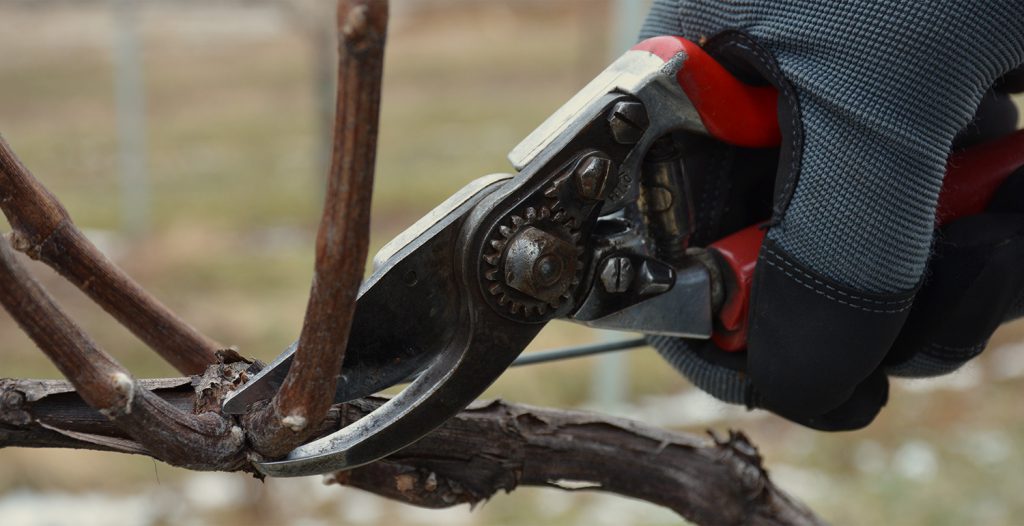
The first act of care each year is pruning. This begins after the vines have gone into full dormancy, usually in early December, and continues until spring. The goal of pruning is to balance the capacity of a vine with its crop load. Each vine is slightly different, and our vineyard crew must assess these subtle distinctions when deciding how much crop to allow. Too much and the vine may not have enough energy to fully ripen the fruit; too little and vine will squander its excess vigor on rampant growth.
Pruning is the first and most important of many personal visits that we will pay our vines through the growing season; it establishes the foundation which is reinforced by subsequent care. This includes shoot positioning to distribute the foliage evenly, leaf pulling to avoid excessive shading, preliminary crop thinning after the last threat of frost, additional crop thinning later in the summer, and of course, hand harvesting.
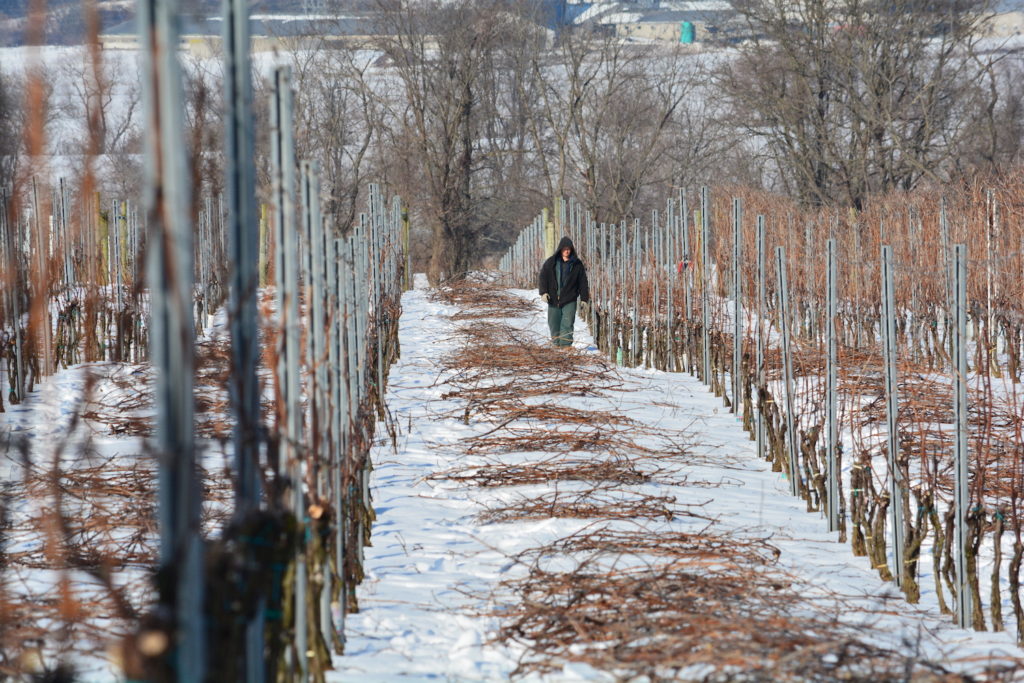
Most of you are familiar with the adage, “Good wine is made in the vineyard”. Taken at face value, this is an overstatement, but one with a good purpose. It reminds us that wine is an agricultural product, and that good wines are the result of an exacting relationship between the viticulturist and their plants. Pruning – repeated year after year – is the single most important act in this cycle of care, and the objective is to achieve perfect balance.
Not a bad lesson for life itself.
Cheers,
Rob Deford, owner/president
Fall 2023
Barn Again
As many of you who have visited Boordy over the summer know all too well, our historic Big Barn has been undergoing extensive restoration. There is virtually no part of the building that the project has not touched, with craftsmen and trades people of all disciplines swarming over the structure – carpenters, roofers, electricians, plumbers, HVAC, internet, painters, and stone masons – working to complete this complex project before cold weather sets in.


What’s this all about?
First, we are addressing nearly two centuries of deferred maintenance to secure the future of this iconic building which is the heart of our family farm. Second, we want to share the vaulted second floor loft with our visitors year-round, which requires climate control. Until now, the loft achieved oven temperatures in the summer, and – shall we say – became a bit brisk in the winter. Before the project began last April we spent nearly a decade in planning, as our goal was to respect the soul of the Barn, so when the project was done it would look as if very little had happened.
The Big Barn dates to approximately 1830. Constructed of local field stone and hand hewn timbers, it was designed to house livestock and store hay. Generations of farmers, including my father, have stacked bales of alfalfa and timothy to the rafters in the intense summer heat, and have fed these to a grateful scrum of steaming cattle on the ground floor in winter. As kids, my siblings and I did not have to look for summer employment as there was always plenty of work on the farm. If barns could speak, ours would have plenty of stories to tell of the joys and sorrows of the proud families who spent their lives working the fertile fields of Long Green Farm.
Sadly, for many historic barns, their stories do not end well. The American landscape is dotted with the decayed remains of small farms that succumbed to the mechanization and consolidation of American agriculture, a trend that caused our nation’s farming population to shrink from 40% to barely 2% during the 20th century. This downward spiral nearly trapped our farm, but happily we planted a small vineyard in 1965 that suggested a different path. In 1980 we moved Maryland’s first winery, Boordy Vineyards, to Long Green Farm, having purchased it from our friends, Philip and Jocelyn Wagner, to whom we had been selling our grapes. Thus began the exciting modern chapter of a storied winery and a historic farm, which continues to be written today.
We look forward to welcoming you to our restored Big Barn over the coming months and years and raising a glass of good wine to toast the promise of the future.
Cheers,
Rob Deford, owner/president
Winter 2023
Veritas
This winter marks the release of our 2015 “Veritas”, a unique Port-style wine in our Landmark Series that we have been producing for many years. The principal grape is Chambourcin sourced from our Long Green Vineyard, blended with Syrah and – in more recent vintages – Petit Verdot, from our South Mountain Vineyard.
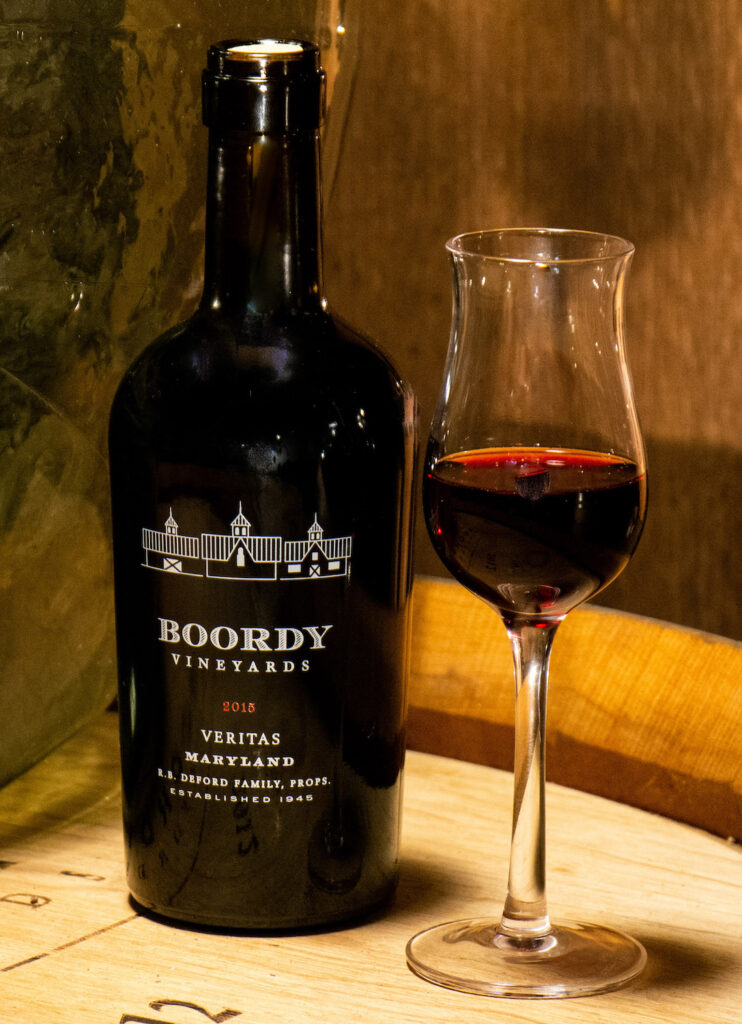
There are two anomalies in the production of Veritas: first, pure grape spirits are added to arrest primary fermentation before it’s completed, retaining some unfermented juice which contributes a jammy grape aroma and an indulgent residual sweetness of 8%. We call this process “fermentus interruptus” – not proper Latin, but you get the point. The addition of spirits raises the alcohol content to 18%, making Veritas our headiest wine. The spirits are custom distilled from our estate grapes by Sagamore Rye Distillery in Baltimore, who, I might add, uses our retired Port barrels to age their reserve Rye whiskey.
The second anomaly is that Veritas has been aged for 7 years in French oak barrels that are filled to 90% of capacity, leaving a bit of head space to encourage gentle oxidation. We would never dream of doing this to our other Landmark Reds, but the elevated alcohol protects Veritas from spoilage, and during extended aging it develops decadent aromas of dark chocolate and baked walnuts.
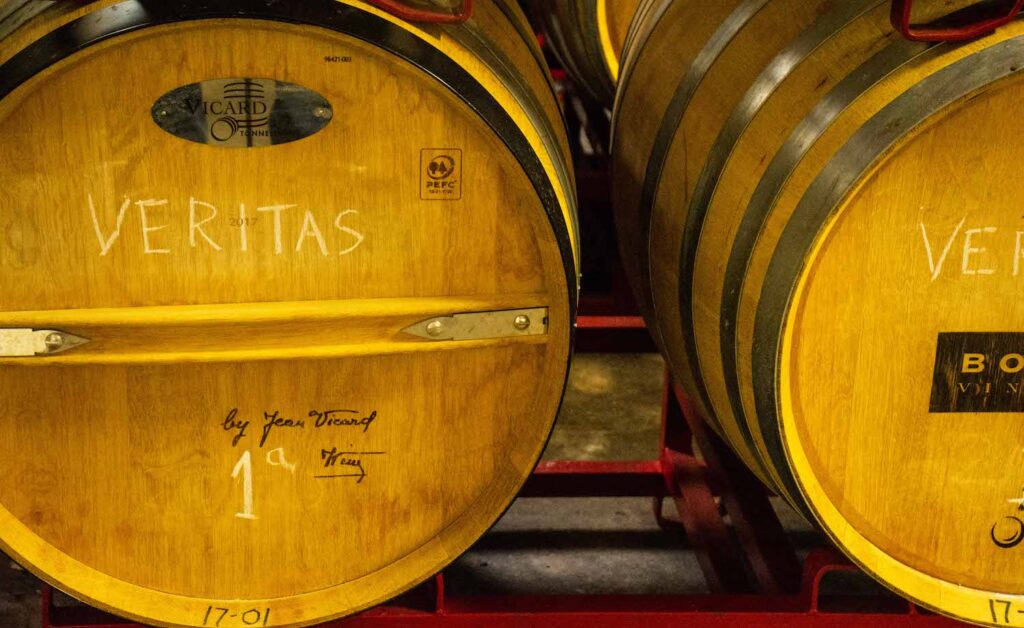
On the label we refer to Veritas a “dessert” wine rather than a “Port” because the latter term rightfully belongs to wine from Portugal where the style originated. Semantics aside, however, it is classic Port that we seek to emulate, and it is Port that our Veritas most closely resembles. In future vintages, we will be adding an interesting twist. Our chief enologist, Jose Real, who hails from Jerez, Spain, will be aging Veritas according to the Solera fractional blending system that is practiced in the production of Sherry. More on this in a future newsletter…
About the name…Veritas, Latin for “Truth”, is commonly associated with the venerable saying “In Vino Veritas”. On a personal note, I can attest to its accuracy, and recommend, dear reader that you exercise discretion in choosing the companion with whom to enjoy a glass of Veritas, for the truth will, indeed, come out.
Cheers,
Rob Deford, owner/president
Fall 2022
A Good Year – Boordy’s 78th vintage is completed!
As I write, the 2022 wines are snugly tucked away in barrel and tank and completing their fermentations, thus bringing to a close a most remarkable vintage. On balance the weather was clear, dry, and mild – conditions favoring perfect maturation of our fruit. Despite the intrusion of the remnants of Hurricane Ian in early October, we enjoyed a long fall window before the first frost, affording us the luxury of letting our reds hang until they achieved optimal ripeness.
What makes the 2022 vintage extraordinary is the rare convergence of exceptional fruit quality and an abundant yield. The happy result is a cohort of wines that will be with us over the next four years, beginning with the early whites in the spring of 2023 and concluding with the release of the 2022 Landmark reds in 2026 and beyond.
The fact that Boordy has been through this annual ritual 78 times in no way diminishes the intense anxiety, anticipation, and effort that go into harvesting the crop and producing the wines, nor does it dim the sense of accomplishment that we feel for having navigated nature’s obstacle course to bring another year to successful conclusion. After a brief respite the cycle will begin anew with pruning of the vineyards throughout the winter, while our winemakers blend and bottle this promising freshman class of wines.
Please join me in raising a glass to a great year, and to the dedication of our grand crew!
Cheers,
Rob Deford, owner/president
Boordy Vineyards “… has become one of the most visible examples of the rapid rise in quality of East Coast wines.” – International Wine Review, Feb. 2022, Boordy Vineyards: New Releases from Maryland
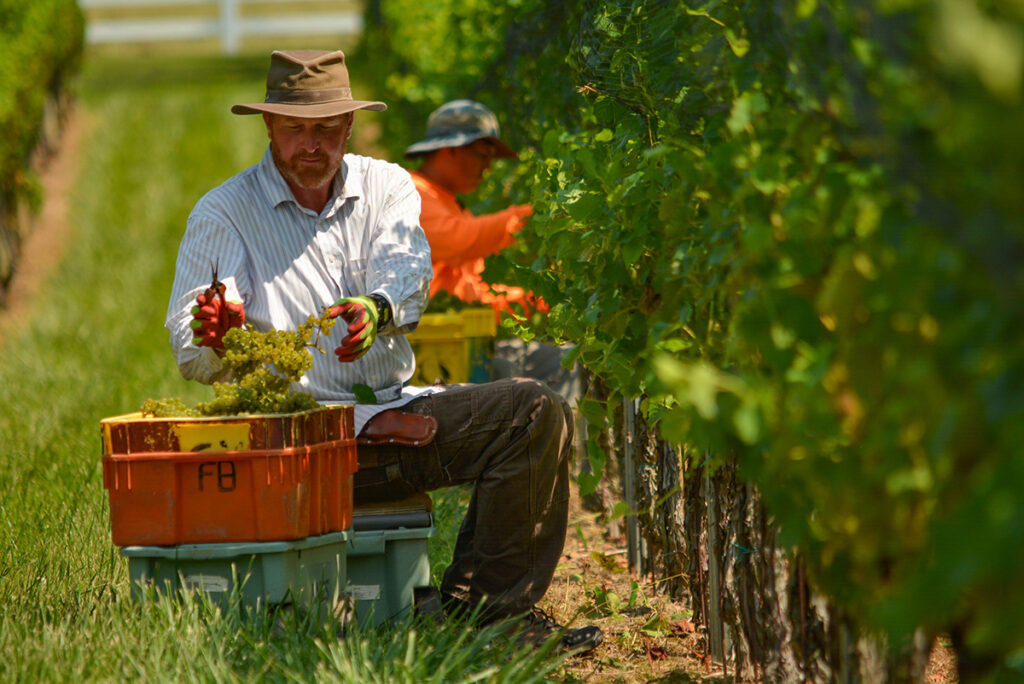
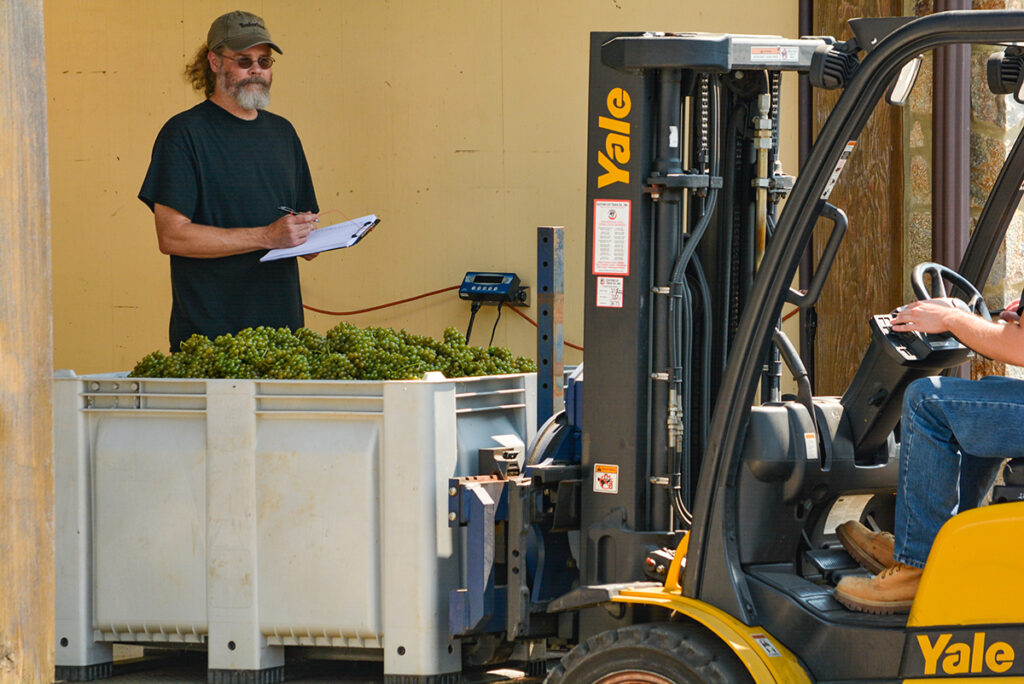
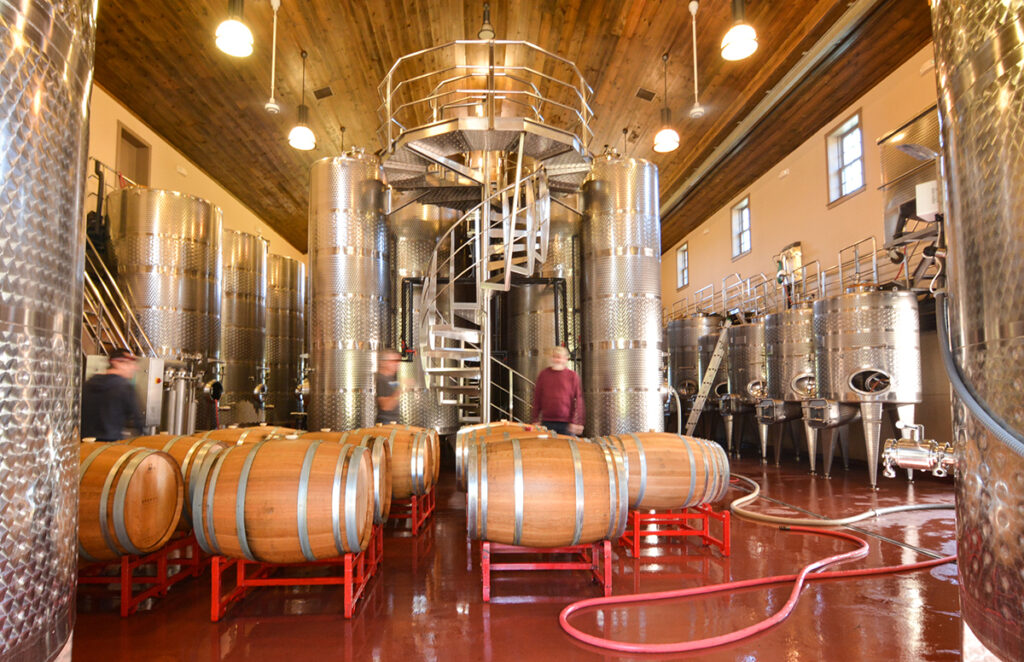
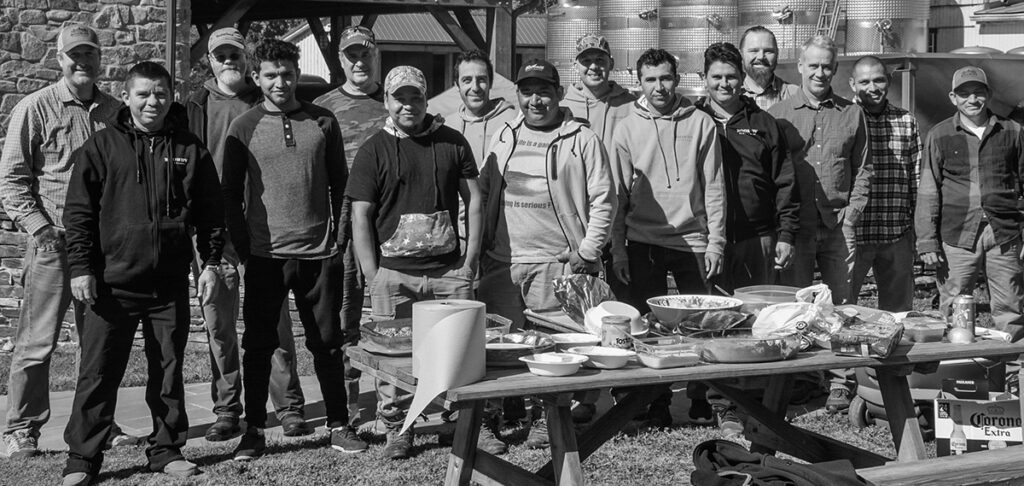
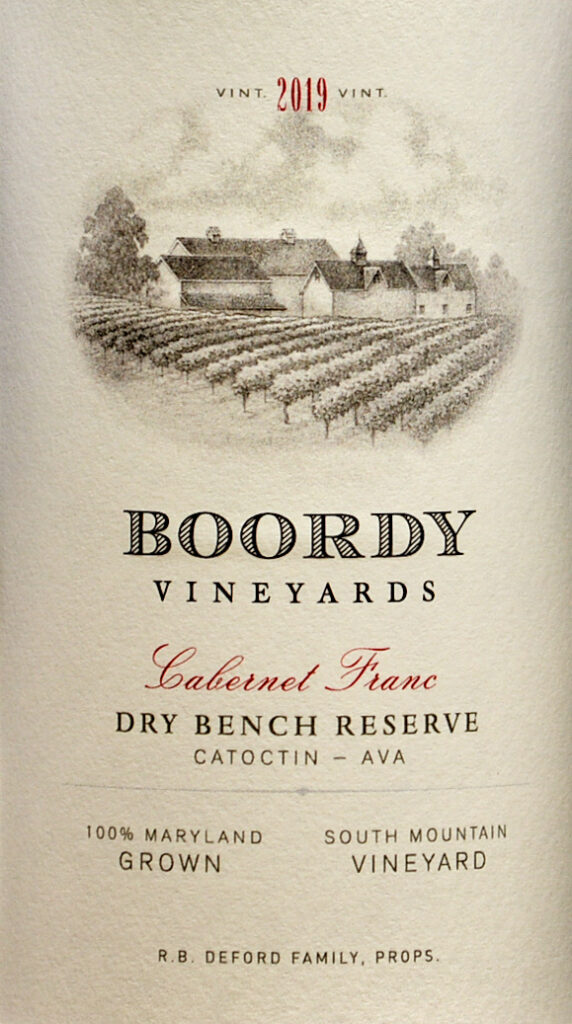
Cabernet Franc is a grape that we have championed for several decades. A prominent variety in the Bordeaux and Loire regions of France, it thrives in our South Mountain Vineyard, producing silky, medium bodied wines with intriguing aromas of cedar, black cherry, and cured tobacco. Two vintages are included in this fall’s Landmark Club release: the 2017 Reserve and the 2019 Dry Bench Reserve. The former received a 92-point score in the International Wine Review, while the latter was awarded a gold medal at the 2022 Atlantic Seaboard Wine Competition. Both are stellar wines from very good vintages, differentiated principally by their bottle age. The 2017 is drinking well in its 5th year and has plenty of life ahead of it if you are so inclined. The 2019 has a youthful dark intensity that bodes well for cellaring to 2024 and beyond, so we counsel patience here.
As always, we are deeply grateful for your membership in our Landmark Wine Club and take great pride in sharing our wines with you.
Cheers,
Rob Deford, owner/president
Boordy Vineyards “… has become one of the most visible examples of the rapid rise in quality of East Coast wines.” – International Wine Review, Feb. 2022, Boordy Vineyards: New Releases from Maryland
Summer 2022
To Have And To Hold
It’s no accident that most of the red varieties we grow in our South Mountain Vineyard are those traditionally grown in the Bordeaux Region of France. In many respects our conditions are similar: we depend upon natural rainfall instead of irrigation, our growing seasons are about the same length, and our respective climates favor balanced maturation of our fruit versus the lopsided sugar spike which occurs in arid regions with unrelenting sunlight.
With this Landmark package we are releasing what is arguably the best red blend that Boordy has produced to date: the 2019 Lost Order 191. The lead grape, as has been our tradition with this wine, is Petit Verdot. While Petit Verdot typically plays an important but minor role in Bordeaux blends it has risen to greater prominence in the Lost Order because of the intriguing aromas and rich flavors that the fruit develops in our South Mountain Vineyard.
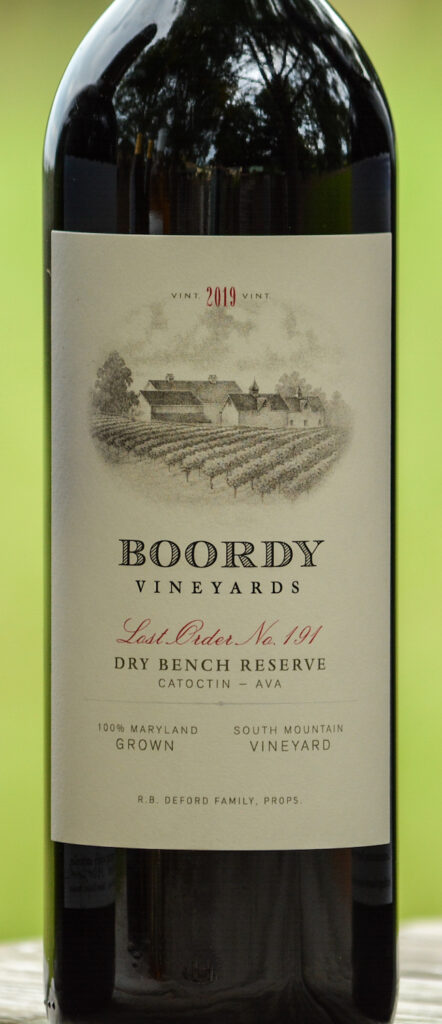
One of the stellar attributes of this grape is its capacity for extended bottle aging. We produced our first Petit Verdot as a varietal a decade ago and laid down a few cases in our library for observation (the only surefire way to evaluate how a wine withstands the test of time). Over the years we tasted bottles at regular intervals and found that the wine remained so youthful and sprightly that I was concerned it might never mature. But time worked its magic; after it had rested for a decade, a bottle we recently opened was jaw-dropping. The youthful edges were replaced by elegant depth and length on the palate, while the deep purple hue and the aromas of dark berry fruits, lavender and herbs indicated that this wine still had years ahead of it!
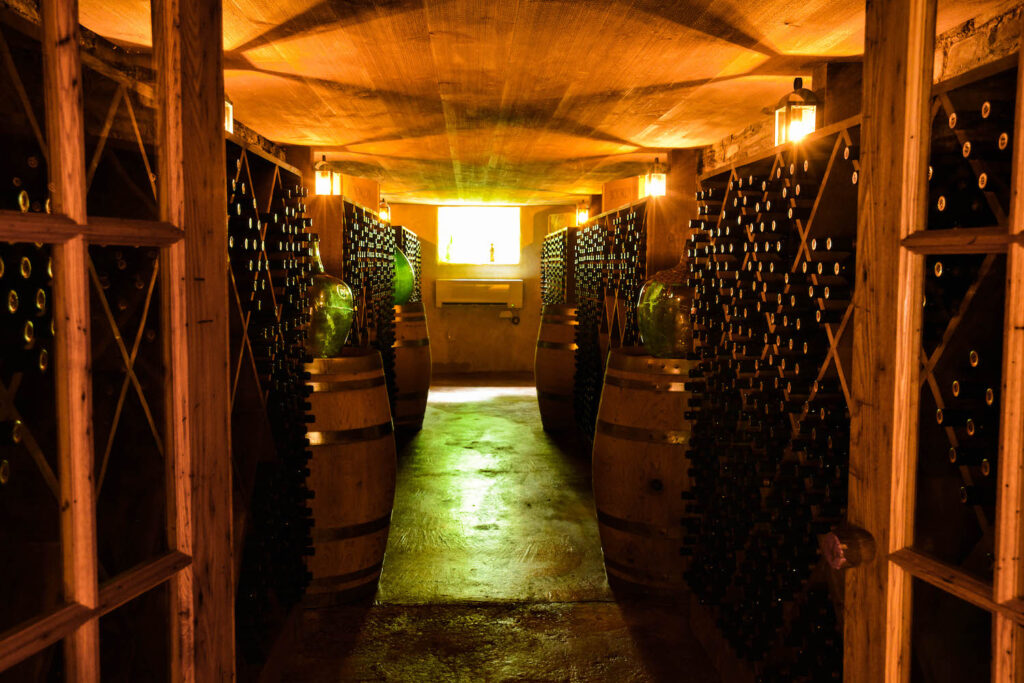
To our esteemed Landmark Club members who receive the 2019 Lost Order 191 in this package I recommend taking the long view. The wine will be almost 3 years old when you receive it but based upon our experience, I suggest tucking it away for at least another five. Properly stored (on its side, at approximately 600F) this age-worthy wine will develop a full, rich body and a complex bouquet that will amply reward your patience. For those who want to enjoy it sooner, may I recommend a strategy? Enjoy the first bottle with a fresh baguette and a decadently soft triple cream cheese and lock the second one away until 2030.
Cheers!
Rob Deford, owner/president
Spring 2022
Just Right
What makes Maryland so intriguing to winemakers is that our state is like the porridge in the fairy tale of Goldilocks and The Three Bears: neither too hot nor too cold, but “just right”. At 390° north latitude, Maryland is in the heart of the temperate zone for viticulture in the Northern Hemisphere. Spin the globe to the west and you find Napa Valley, to the east the southern tip of Italy. While our climate differs dramatically from those two regions because a continent stretches to the west of us instead of an ocean, we do enjoy the same angle of the sun’s rays. This means that we have plenty of energy to ripen a wide array of premium wine grapes, from Chardonnay to Cabernet Franc, from Albariño to Petit Verdot, and many more, affording Maryland winemakers lots of options.
But wait, isn’t it too cloudy here? Actually, the overcast days that are a common feature of our climate can work to our advantage. They temper the sunlight, resulting in a gradual maturation process that brings the whole grape – a complex orb containing over 300 constituent compounds – to ripeness more evenly, yielding wines that are aromatic, flavorful, beautifully balanced and not overly alcoholic.
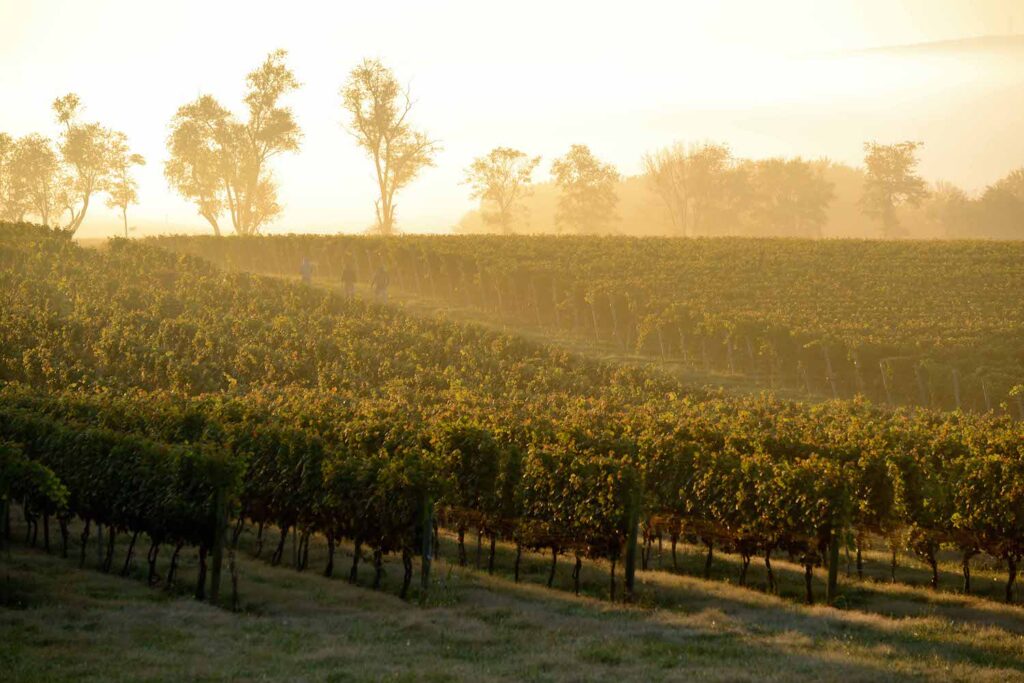
Another plus for the Maryland vintner is that our state’s varied geography provides lots of prime vineyard sites with the right combination of slope, aspect, and soil type which put Nature in your corner. Climate and soil are the foundation of fine wine; everything else emanates from these two factors being aligned with the style of wine a winemaker wishes to produce.
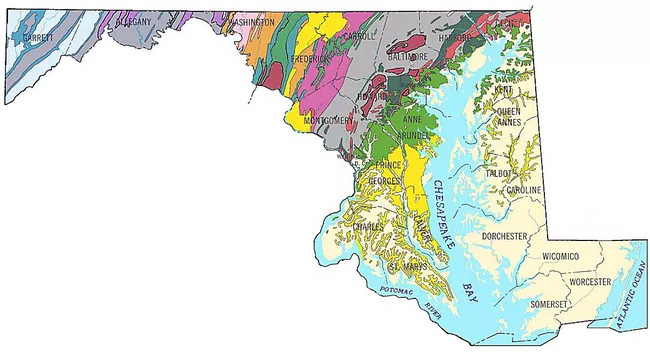
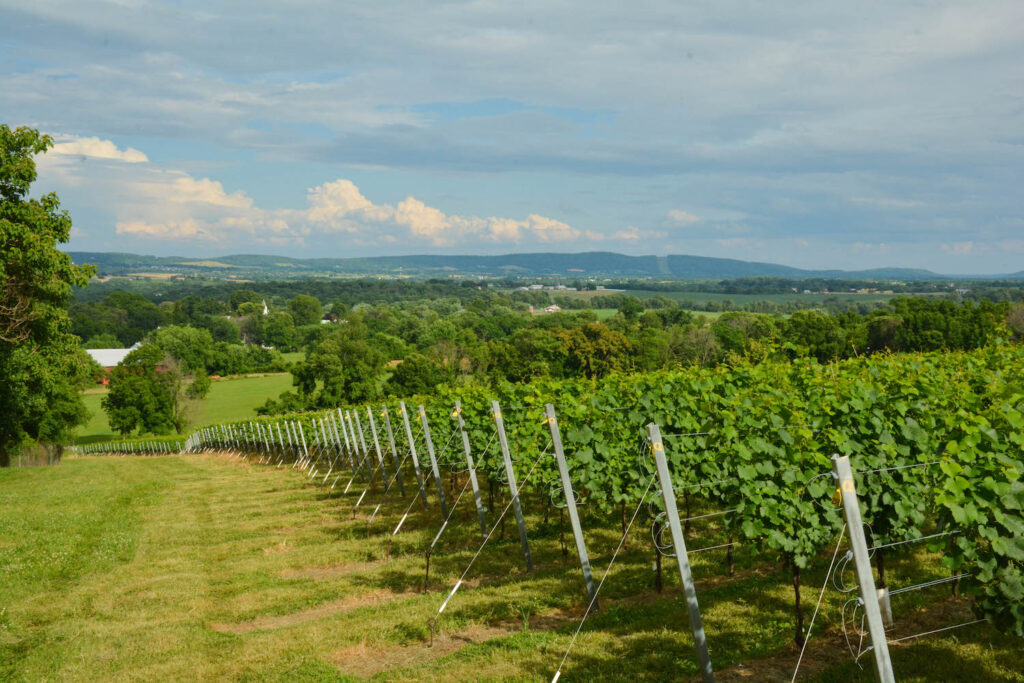
Speaking of style, we have introduced a new Dry Bench white blend, Stone Fence, which is included with this Landmark Club release. Marrying the tropical/floral aromas of Albariño with the citrusy notes of the Musqué clone of Chardonnay, the palate of Stone Fence has a subtle gravitas derived from the rocky soil of our South Mountain Vineyard.
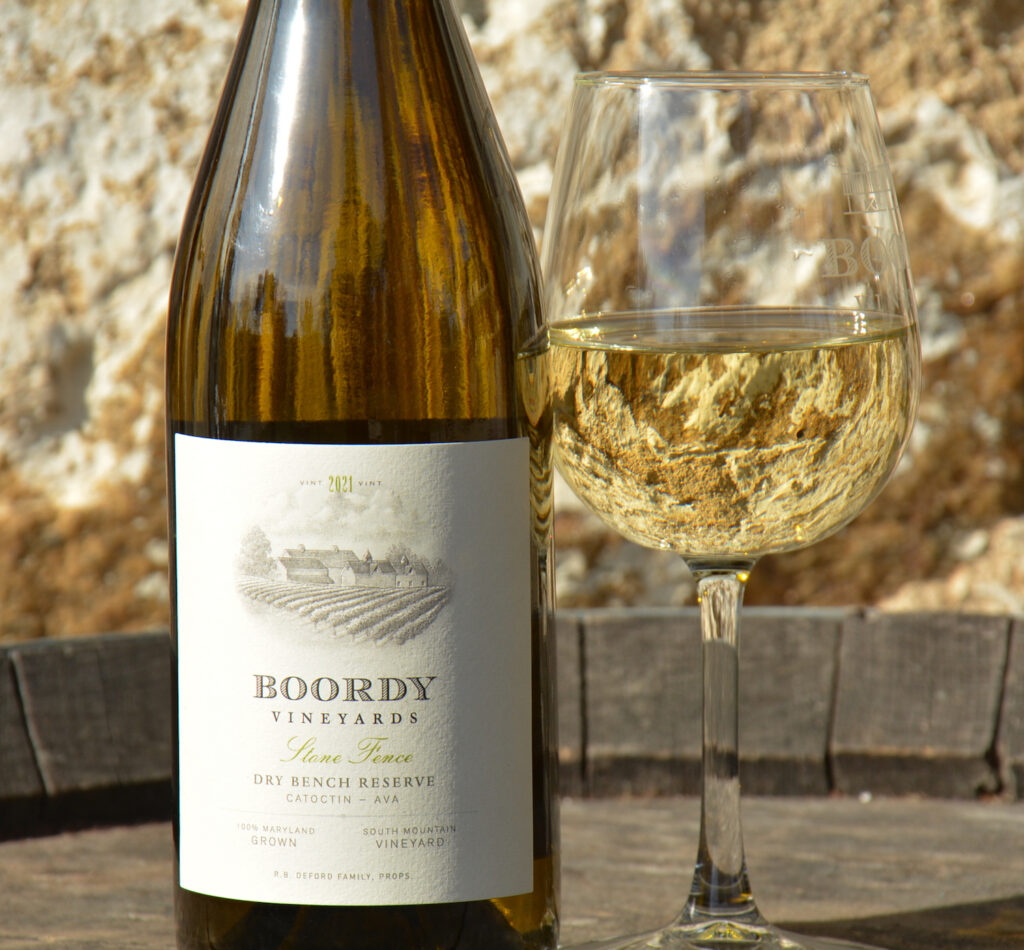
The wine’s name is a nod to the bony ground in which it was grown, and also to the stone fences that surround the vineyard which were constructed by 18th century farmers as they cleared the field.
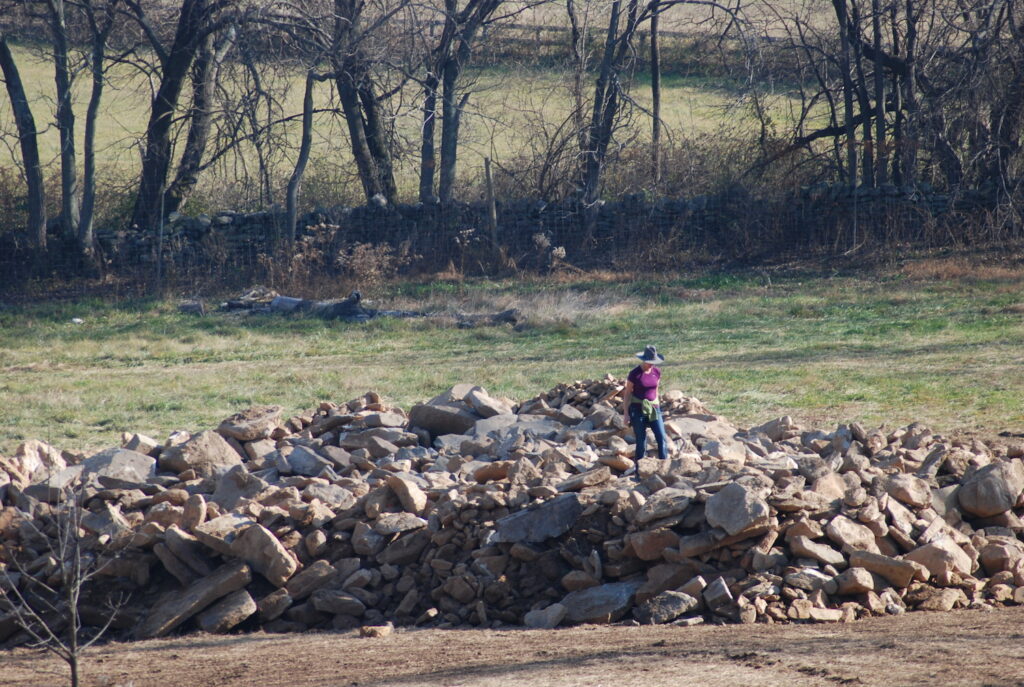
We hope that you enjoy this bright crisp wine with your favorite seafood, creamy pasta, or soft cheese and fresh bread.
Cheers,
Rob Deford, owner/president
Winter 2022
The Eternal Optimists
If ingredient labeling were required on bottles of wine, certainly the first item would be optimism: “belief that the outcome of an endeavor will be favorable and desirable”. Consider the winter ritual of pruning a vineyard, which commences in early December when dormancy sets in and is completed by mid-March. Heedless of the weather, our vineyard crew is in the field, assessing the condition of each vine and rebalancing it for the coming season by cutting away most of last year’s growth. Due to the physiology of grapevines, there is a two-year time horizon; pruning affects not only the crop level for the current year but sets the stage for next year’s as well. The goals of pruning are balance and renewal and thus it initiates the annual cycle of hope and promise.
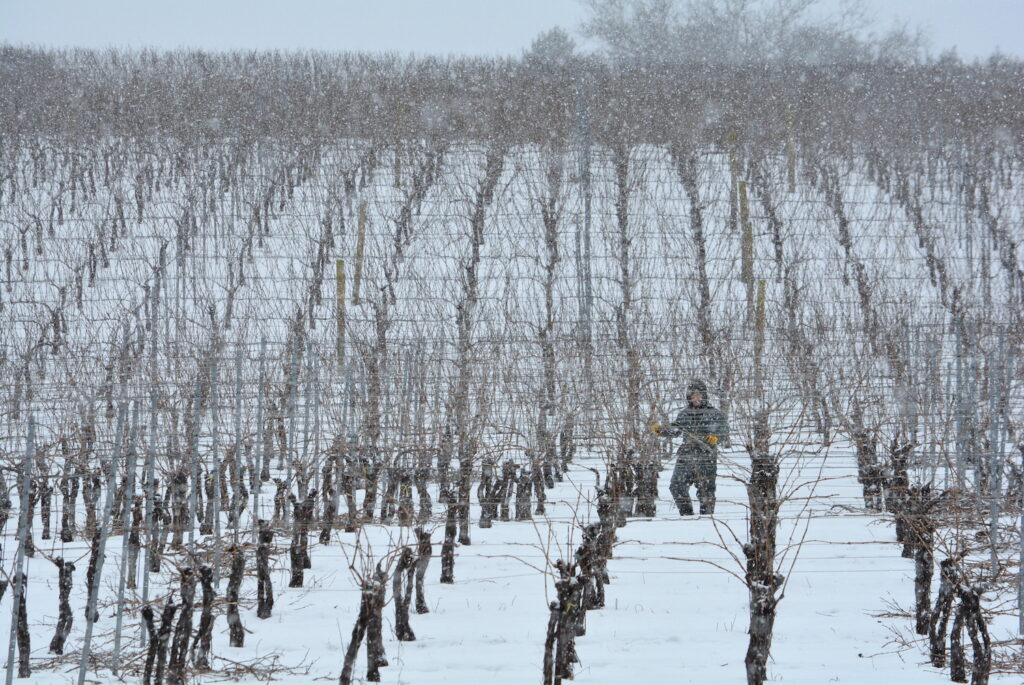
Growing seasons have personalities: dry & sunny, cloudy & rainy, cool years, hot years, and “Jekyll and Hyde” years of split character. In the relative calm of winter, we ask ourselves what this year will be like, and what challenges will we face? Impossible to know, of course, but whatever hand we are dealt, we have learned that we will be able to adapt. Our goal is not a bland “sameness” from year to year, but rather individuality of expression. The exciting lineup of recent vintages awaiting release affirms our optimistic outlook, each distinctive, and each worthy of a place of honor at your table.
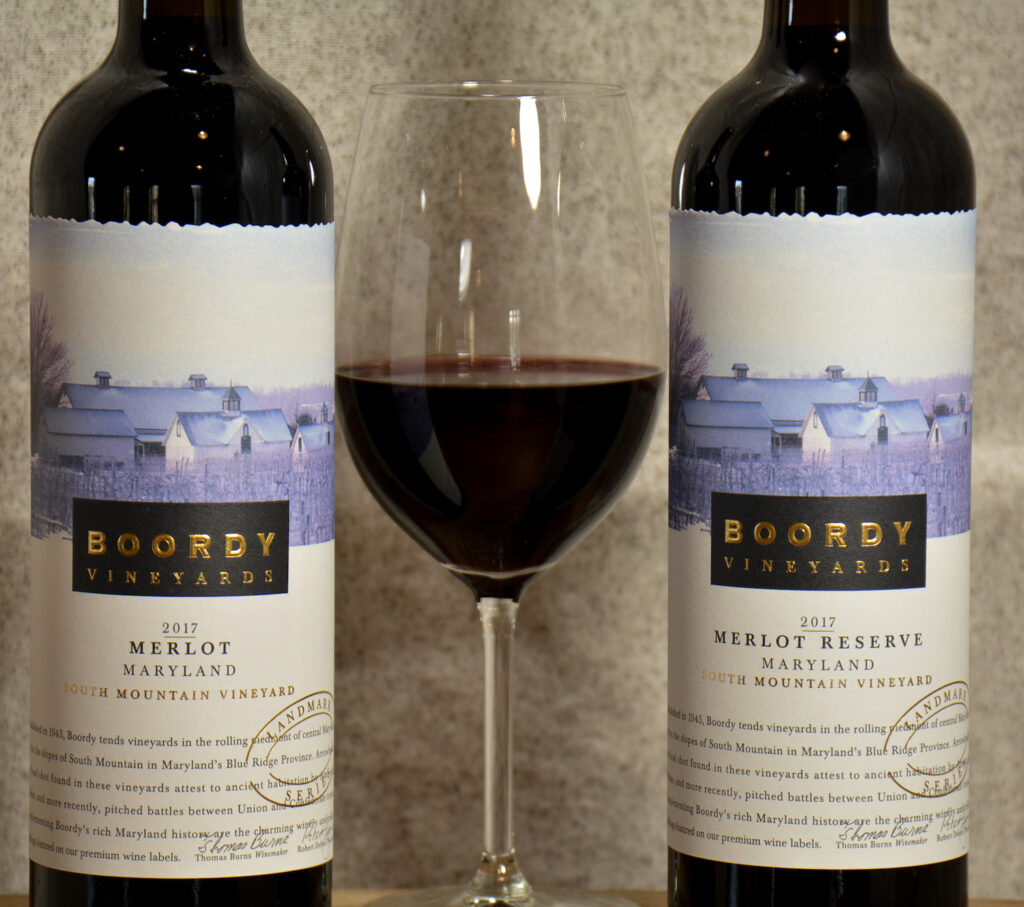
It would be difficult for anyone to argue that the “glass is half empty” when you consider the two Merlots from the excellent 2017 vintage that will be included in this winter’s Landmark Club package. Made entirely from fruit grown in our South Mountain Vineyard, both wines are beautifully balanced on the palate and have an intriguing aromatic signature reminiscent of cedar and mint. The “Dry Bench Reserve” Merlot is so named because our vineyard manager, Ron Wates, has identified veins of rocky soil that produce the best fruit – which he has dubbed “dry benches” – and which he selectively harvests for our reserve wines. The 2017 vintage was very favorable, and it has been exciting to follow the evolution of these wines from conception, through barrel aging, blending, and bottling. Now, after nearly three years in the bottle we are thrilled to share them with you.
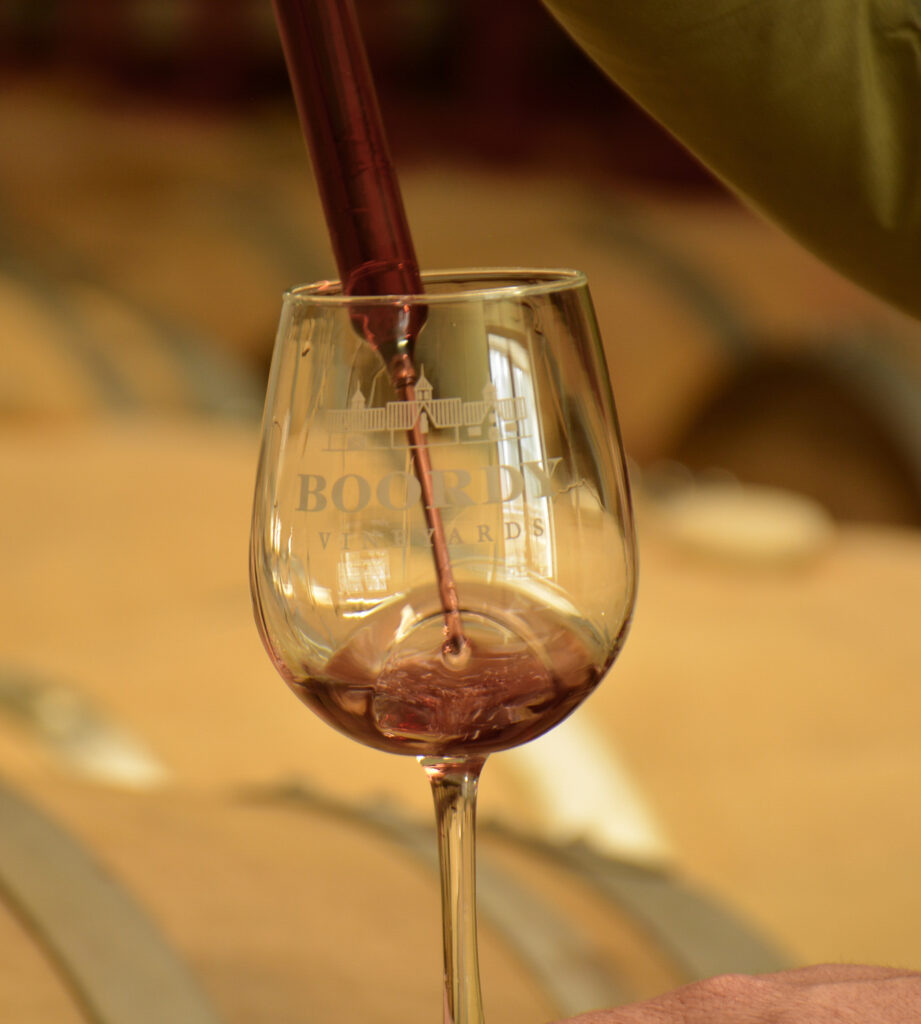
We will offer a preview of coming attractions and demonstrate the effect of bottle aging upon a wine’s character at our Landmark Pickup Events this February. Barrel samples of two merlots from the 2020 vintage (to be released 2024-2025) will be contrasted with their bottled counterparts from 2017. The wines from both vintages are of excellent quality, and are at markedly different stages in their development, which we will discuss when we taste them with you.
We look forward to seeing you at Boordy in 2022. May your year be full of hope and optimism.
Cheers,
Rob Deford, president
Fall 2021
A Red Story
The journey of a red wine from grape to glass begins with a well-managed vineyard. Boordy’s vineyard manager Ron Wates and his crew visit each vine multiple times during the growing season, managing the canopy for maximum solar exposure, thinning the crop to focus energy into the remaining clusters, and selectively hand harvesting the fruit. As is customary in the final days of the season we play the “game of chicken” with Nature, allowing the fruit to hang on the vine for as long as possible to achieve optimal ripeness while risking the crop to frost, rains, and late season diseases. So it was with some relief that we harvested a beautiful crop of cabernet sauvignon on October 20th. The grapes were a deep purple blue, with flavors of dark berries and a hint of plum, and an ideal balance of sugars and acids. Since the 2021 growing season was often cool and overcast, this extra time was critical in achieving the quality we aspire to in our Landmark wines.
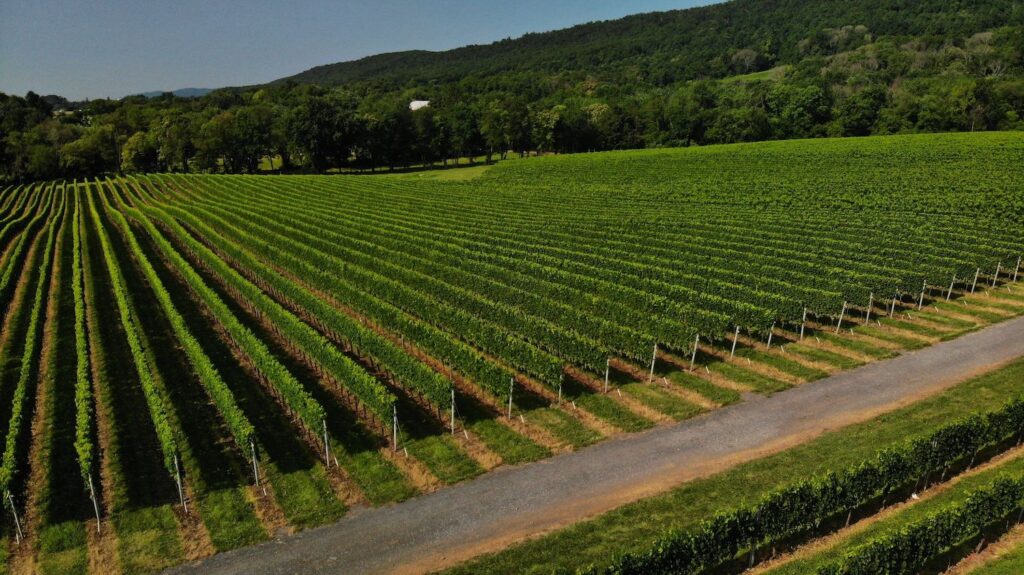
Once the crop is delivered to the winery, care for the grapes passes to Boordy’s winemaking team of Tom Burns and Jose Real. The de-stemmed red berries are hand sorted, cold soaked for 7 days to extract color, then inoculated to initiate a leisurely yeast fermentation with twice daily “pump-overs” of the skins and juice to extract the tannins that form the backbone of the wine. After the primary fermentation subsides, the reds are transferred to French oak barrels for a secondary bacterial fermentation that converts malic acid to lactic acid, resulting in a rounder, softer flavor with buttery aromatic overtones.
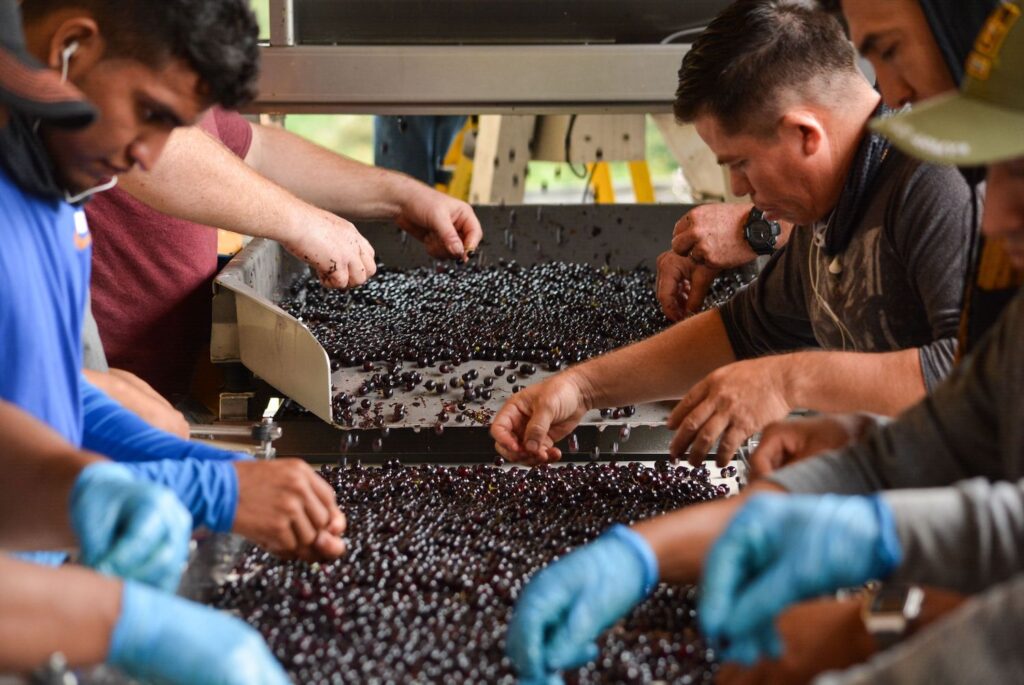
Our reds are cellared for 18 months in barrels that range from new to 4 years old, enabling us to achieve the mellowing benefits of barrel aging without imparting excessive oak influence to the wine. During this time, each barrel is monitored for its health, and topped off to replace wine lost to evaporation; stirring of the fine yeast sediments is done regularly to allow their cells to break down, contributing a bready nuance to the wine.
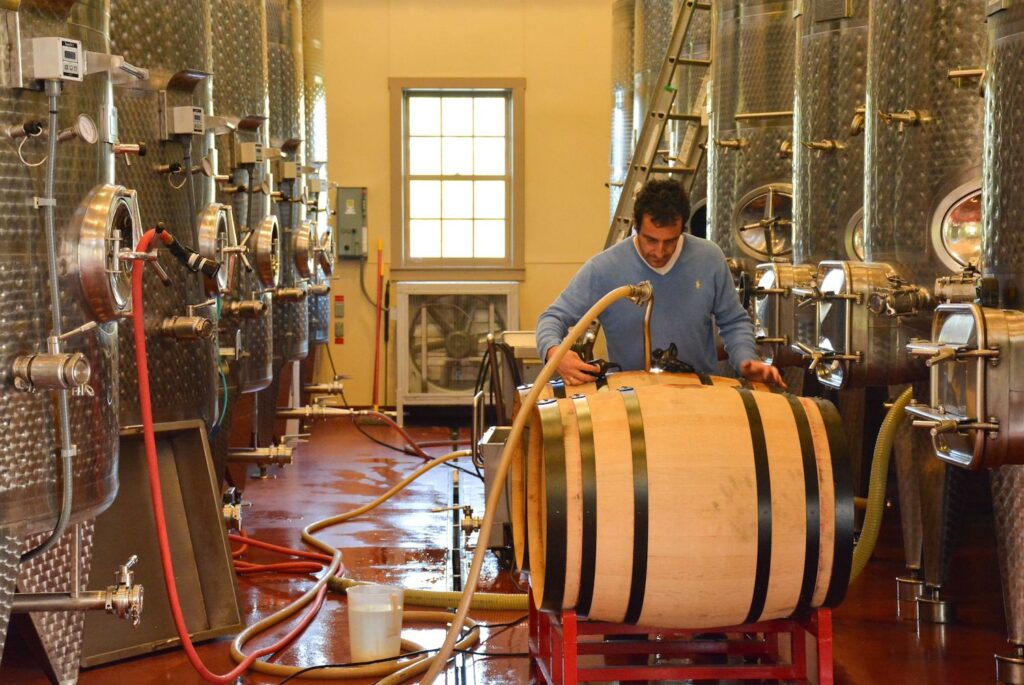
Blending takes place 15 months after harvest; every barrel is treated as an individual, and there are literally hundreds of possible outcomes. Our job is simply to seek out the best. For added perspective we bring in the talented consultant Steve Blais, who has advised many top chateaux in Bordeaux. We compose trial blends, compare notes, perhaps argue a bit, reach our conclusions, and then make the final blends.
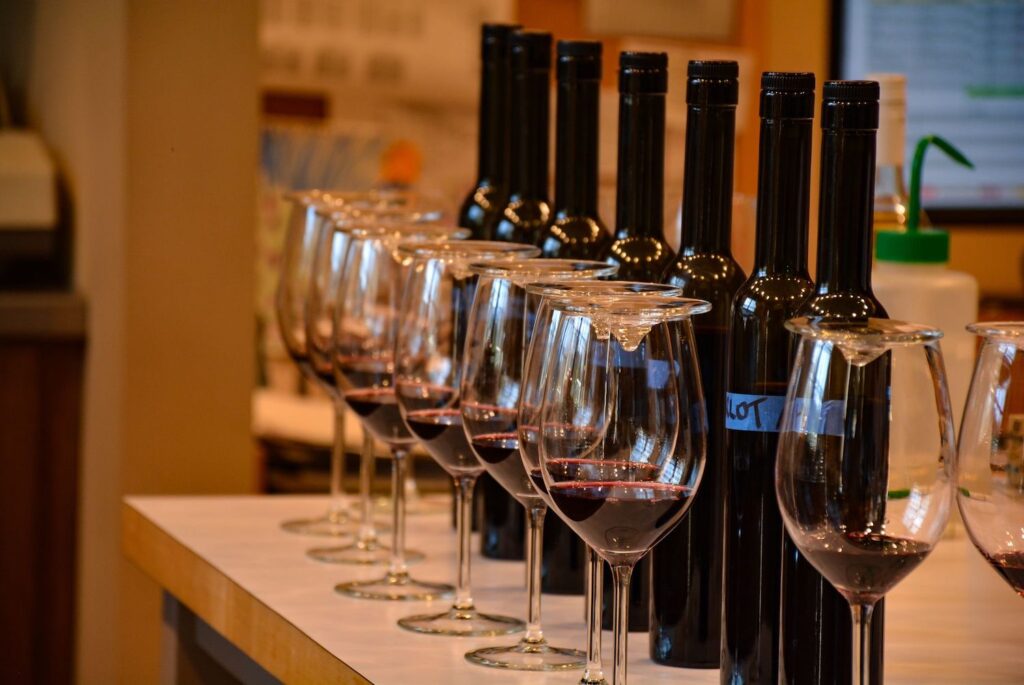
The reds are bottled a few months after blending, initiating a complex aging process in which the molecular structure of the wine gradually changes, profoundly affecting both aroma and body. Bottled wines have a familiar life cycle: adolescence, youth, maturity, and old age. We bottle age our Landmark reds for 18 months before release; however, when you choose to enjoy the wine is a matter of personal preference since each wine- and each wine drinker – is unique.
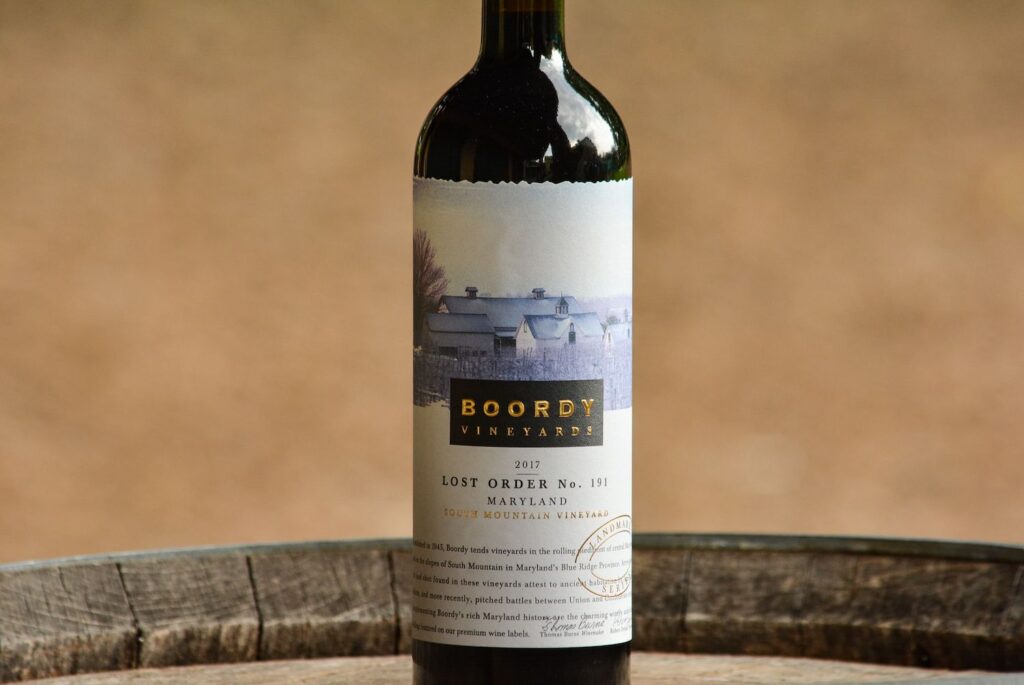
I believe that our appreciation of wine is enhanced by a deeper understanding of what goes into making it. Producing a fine wine is a risky, patient, painstaking process, yet one that is infinitely rewarding when you lift the glass to your nose, bask in the aroma, and let the first sip glide across your palate.
Cheers,
Rob Deford, president
Summer 2021
Water Into Wine
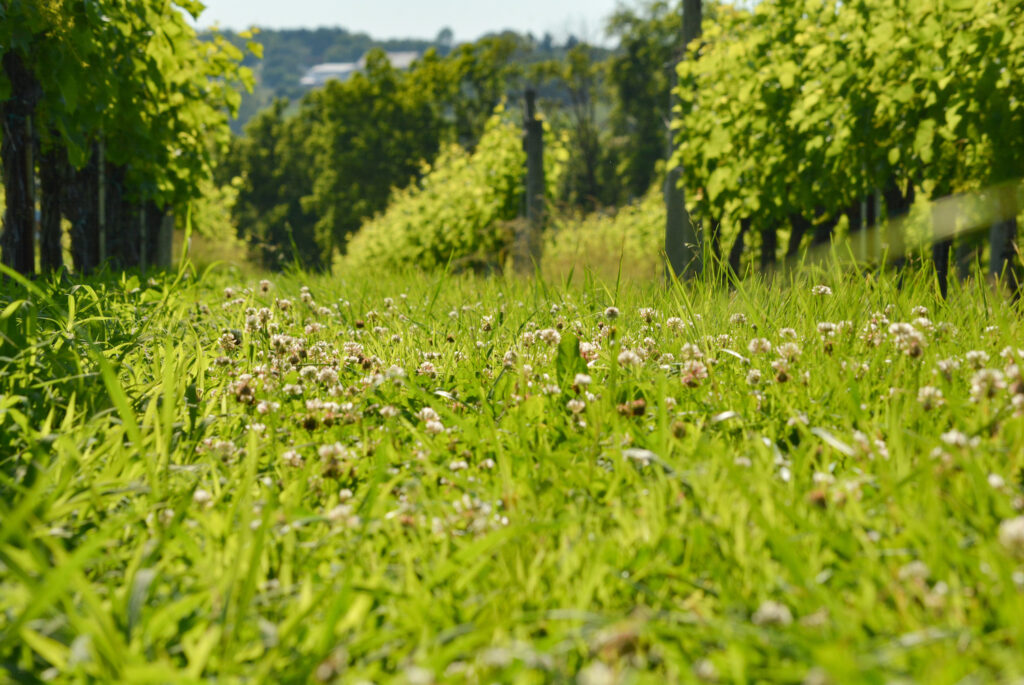
I am often asked the question: “So…you make wine in Maryland. Isn’t the climate way too wet there to grow grapes?”
Let’s be honest – the lush greenery that adorns our landscape is the product of a moist climate, and grapevines favor dry conditions. But, regardless of whether your climate is wet or dry, careful water management is critical to the well-being of the plants and to the production of a healthy crop.
Regions with a seasonally dry climate like California and Australia typically depend upon some form of irrigation to grow their crops. By contrast, in Maryland, and in the mid-Atlantic generally, we have rain that falls throughout the year in predictable annual amounts, but which comes at unpredictable times.
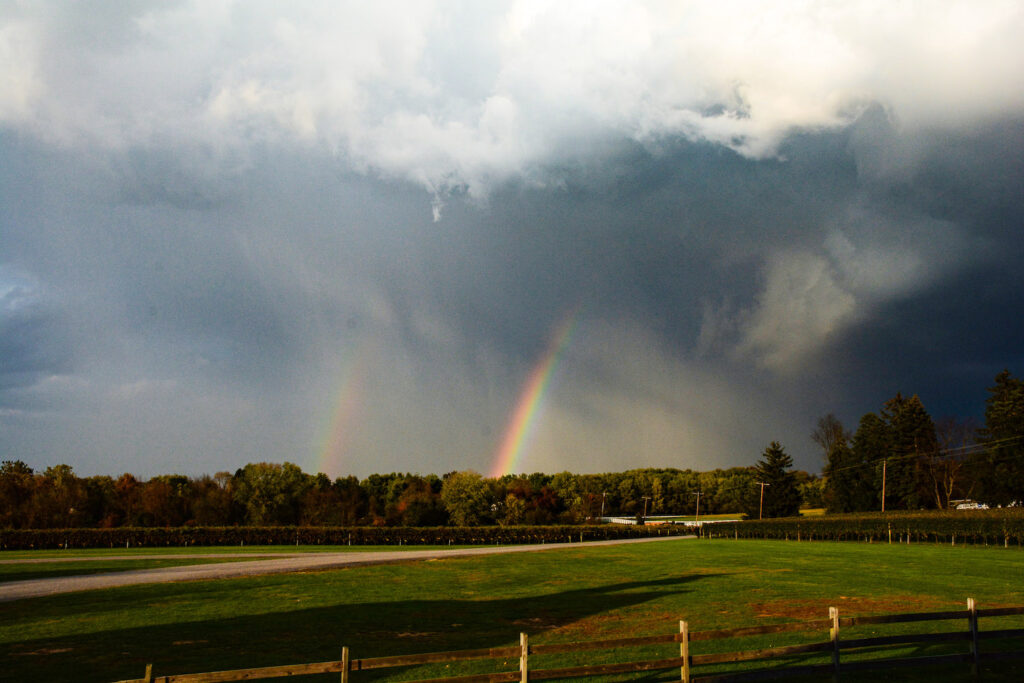
There are a number of important ways that we have adapted our farming methods to accommodate natural rainfall, diverging from practices in drought climates. Instead of maintaining bare soil between our rows as is typically done in California, our row middles are populated by a lush crop of grasses and mixed broadleaf plants. Not only does this reduce soil loss due to erosion, but these plants compete for water and help dry out the soil after a rainfall. In wet years we allow the plants in the row middles to grow taller, so they demand more water; in dry years we mow them short to conserve water for the vines. Additionally, we have increased the density of vines in the vineyard. Their extensive root systems pull water from the soil and release it to the atmosphere through the leaves – a process called transpiration. The simple equation is: more vines per acre = more water removed.
Careful site selection is essential when farming in a wetter climate. A site with a well-drained soil of low fertility is optimal. Not only does water drain through the soil horizons more quickly, but less fertility results in a sparser leaf canopy, thus allowing better penetration of air and light, which dries out the foliage and helps reduce disease pressure. Our region has a rich geologic history with very diverse soils so there are many superior sites to be found.
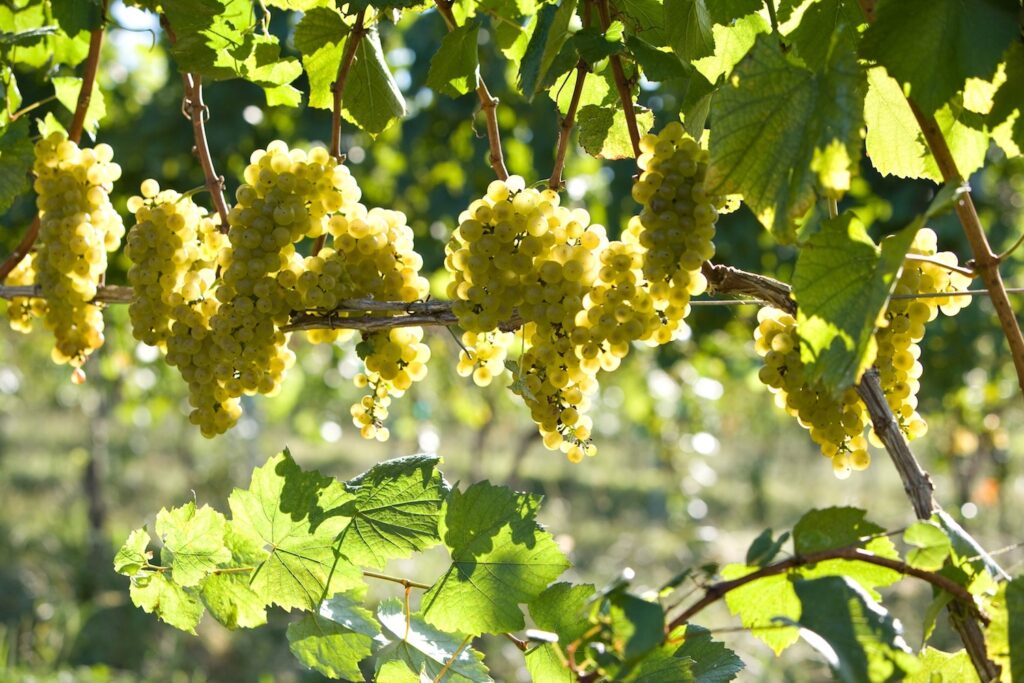
During the growing season we hedge the leaf canopy and pull leaves to prevent shading within the trellis, giving each leaf its own “solar real estate” so it can perform photosynthesis at peak efficiency – converting solar energy and carbon dioxide into grape sugars.
Returning to the question of whether Maryland’s climate is too wet to raise top quality grapes, the answer is that in most years, with appropriate farming techniques, our natural rainfall is an asset. Given the dire stories of water scarcity currently emanating from our western states, and the equally dire predictions of long-term climate change, I would say that the water that falls out of our skies is a great blessing.
Cheers,
Rob Deford, president
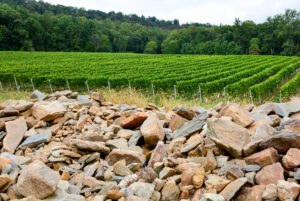
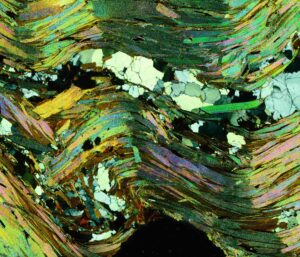
Winter 2021
The Dirt on Soil
The paradox of soil – misunderstood, maligned (“dirty” “soiled”), and exploited, yet essential to our existence, it covers much of terrestrial Earth like a skin. It is the medium for the growth of our agricultural food supply, and most importantly (in the context of this brief letter) for growing fine wine. Soil consists of five components: organic matter, inorganic minerals, living creatures, air, and water. While this may seem rudimentary, soil is a bewilderingly dynamic environment, and an appreciation for its chemical and physical properties is essential to making an informed choice about where to grow the best wine. Indeed, the first thing an aspiring winemaker should ask themselves is, “where should I site my vineyard?”, since your wine will only be as good as the grapes you grow. Yet, ironically, good soil is not what you want; winemakers have long observed that lousy soils make the best wines.
Grapevines perform best in well-drained (often gravelly, rocky) soils that are low in fertility. This is because dry conditions moderate vine growth and yield grapes that contain less water, resulting in more intense, flavorful wines.
One of wine’s more fascinating characteristics is that it exhibits terroir or the reflection of its place of origin. This means that you can enjoy wines from the same grape variety grown in various parts of the world and experience widely different expressions of that grape. Soil has “horizons” like a layer cake comprised of distinct zones; as vines age their roots penetrate ever deeper into these horizons picking up trace minerals which add complexity to the wine’s flavor profile. We have observed this phenomenon repeatedly at Boordy as newly planted vineyards mature, with full expression achieved in about their eighth year.
One of the best examples of the impact of soil upon wine quality is found in our South Mountain Vineyard, where we source the fruit for our “Dry Bench Reserve” Albarino, Chardonnay, and Landmark Reds. The grapes for these wines are selectively harvested from discrete bands of low fertility rocky soil that run diagonally to the rows of vines. An aerial photograph reveals that the foliar growth on the vines in these “dry benches” is moderated by water stress, and the fruit always reaches a higher degree of ripeness, while maintaining perfect acid balance. The wines have a richer aromatic profile, are full on the palate, and the reds exhibit deeper hues.
While soil is just one element in the complex matrix of influences upon wine quality, it is the foundation. In highly evolved regions like Bordeaux and Burgundy where wine has been grown for hundreds of years, soil is a major determinant of the reputation of producers and the prices their wines command. We have come a long way in Maryland in a stunningly short time in our understanding of where the best vineyard soils are found, and it is one of the reasons why the quality of wines grown in our state has made such quantum leaps in recent years.
Cheers,
Rob Deford, president
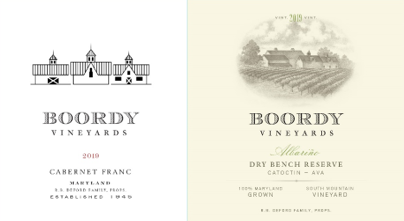
Fall 2020
A New Look For Boordy
After 16 years of exemplary service, our Landmark labels will be retired over the coming months. You might ask why this is important, when what really matters is the divine liquid that’s inside the bottle?
Labels are significant because they convey the spirit and character of a winery – its commitment to quality, history, and sense of place, in addition to the type and origin of the wine in the bottle. Before we taste a wine, we often have nothing but the label with which to evaluate it, so its effectiveness as a messenger is critical.
Much has changed at Boordy since our last label design was introduced in 2004 – in many senses we are a different winery, and a better one. In the intervening years we have replanted our vineyards to improved stock, built a new winery, brought on talented staff, and gained invaluable experience that has enabled us to craft ever more expressive wines from our estate vineyards. We waited until these improvements were fully manifest in our wines before changing the outward appearance of our bottles; also, it seemed a fitting way to commemorate or 75th anniversary!
The current Landmark label will be replaced by two designs. The line drawing of our historic barns pays homage to Boordy’s original labels from 1940-1980 and will represent 5 non-reserve Landmark wines: Chardonnay, Albarino, Rosé South Mountain Red, and Cabernet Franc. The reserve tier of Landmark wines will be represented by a beautiful drawing of our barns and vineyards – a familiar sight to all who have visited here. These wines will be designated Dry Bench Reserve, referring to the bands of rocky, low fertility ground in our vineyards from which we source our best fruit.
Landmark Club members will be afforded the first glimpse of our new look this fall with the release of the 2019 Albariño Dry Bench Reserve, which was just awarded 90+ points by The International Wine Review. Patience, please – our Landmark Reds will not sport the new labels for a few years due to their extended aging time.
Cheers,
Rob Deford, president
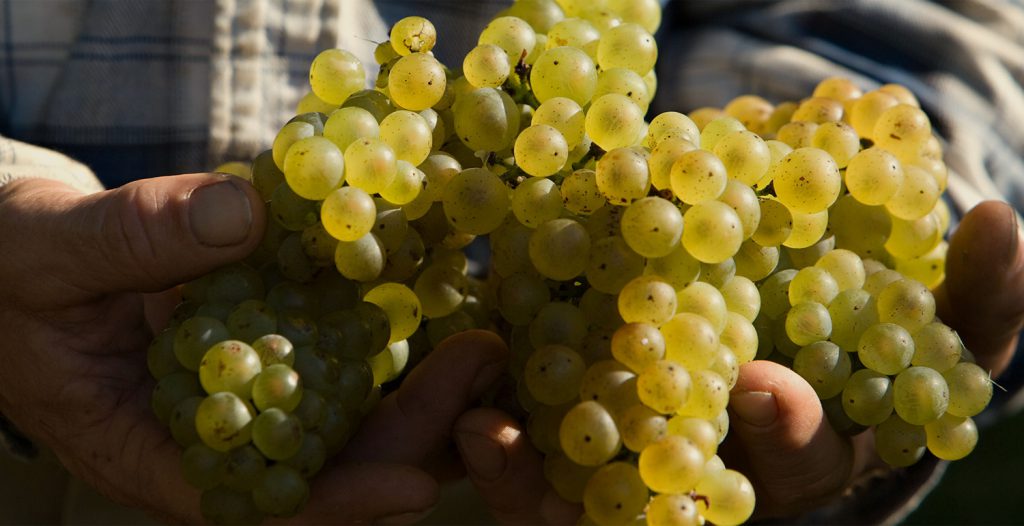
Summer 2020
The Human-Grapevine Connection
The grapevine is a curious plant. It cannot stand up on its own; it is susceptible to disease and cold weather, and produces a crop that is a favorite food of birds and deer, yet cultivation of the vine has been going on for thousands of years and is still expanding into new regions. The answer to this apparent contradiction is the interdependent relationship between the grapevine and humans. We support it with an elaborate trellis, and we painstakingly attend to its every whim so we can harvest its fruit to make wine. For proof of this interdependence, consider that more than 10,000 varietals have emanated from a single European species, Vitis vinifera, all the result of close field observation and clonal selection over the millennia by vineyard workers looking to create new styles of wine. A vineyard demands perpetual care, and if left unmanaged even for a single year it rapidly devolves into chaos.
We begin tending our vines each December, as the most recent vintage of wines is still completing fermentation in tank and barrel. Working into early April we meticulously prune the prior season’s growth to re-balance the plant; in the spring we postion the shoots along the trellis for maximum sunlight exposure; in early summer we remove leaves in the fruit zone to aid in ripening; mid-summer we remove excess crop to focus the vine’s energy into the remaining fruit, and in the fall we selectively harvest by hand. This is the cycle that Boordy has been engaged in for the past 75 years, and even longer if you include the “experimental” period during and just after Prohibition.
Grapegrowing and winemaking are not discreet events, but a continuum marked by a seasonal rhythm. The wines that we share with you are the result of the long, intimate relationship we have had with the vines we cultivate. A well-managed vineyard rewards us with good wines and is the best proof of the passion and the pride we have for our work.
Cheers,
Rob Deford, president
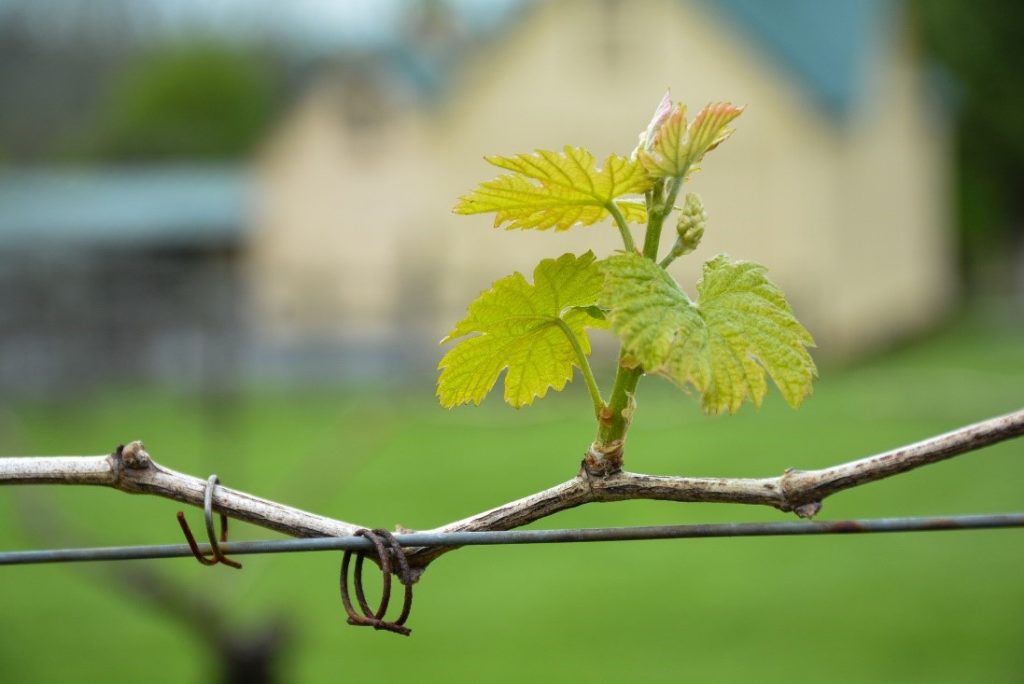
A new cabernet franc leaf basks in the warmth of a spring day.
Spring 2020
Hope in the time of Corona
Wine growing and winemaking are fundamentally optimistic ventures. The perils arrayed against us can seem Biblical (a partial list): excess rain, drought, hail, diseases, insects, birds, crippling cold, frost, scorching heat. Add to this the vagaries of the marketplace, and it’s a wonder why rational people choose this calling – yet we do. And, we allow ourselves each spring to indulge in an intoxicating sense of optimism as our vines emerge from dormancy, pushing forth tender green shoots and tiny primordial grape clusters. Each new growing season brings with it the opportunity for improvement, for innovation, and for rebalancing our relationship to our work.
Why this perennial optimism when we are beset by perils? Though the threats may be numerous, the fact is that in most years conditions in our region favor the production of good – even great – wines. Through long experience we have learned to be nimble, adjusting our practices to the hand we are dealt, and we are confident that we can make good wines in even the most challenging conditions. Also, we are accustomed to a lengthy time horizon. This is Boordy’s 75thyear. Planting a vineyard is a 30 to 50-year venture, with wines gaining complexity and expression as the vines’ roots probe more deeply into the soil. I feel that 10 years is the minimum planning cycle in the wine business, which means that one difficult year or incident of misfortune is proportionately less significant in the grand scheme of things.
As I write this, we are facing the familiar paradox of nurturing hope in the face of peril: a resplendent spring is unfolding, the vines are pushing new growth, and the vineyard crew has readied everything for the season. Yet, we are all sheltering in place, the winery is closed, we have cancelled our musical events, at least through June. There’s more than the usual dose of angst. However, we know that this, too, will pass; there will be recovery and renewal. Growing wine is the essence of hope, and wine is one of life’s great gifts. Wherever you raise a glass of Boordy wine this spring, may it bring you pleasure and joy.
I look forward to when we can all celebrate together at Boordy again.
Cheers,
Rob Deford, president
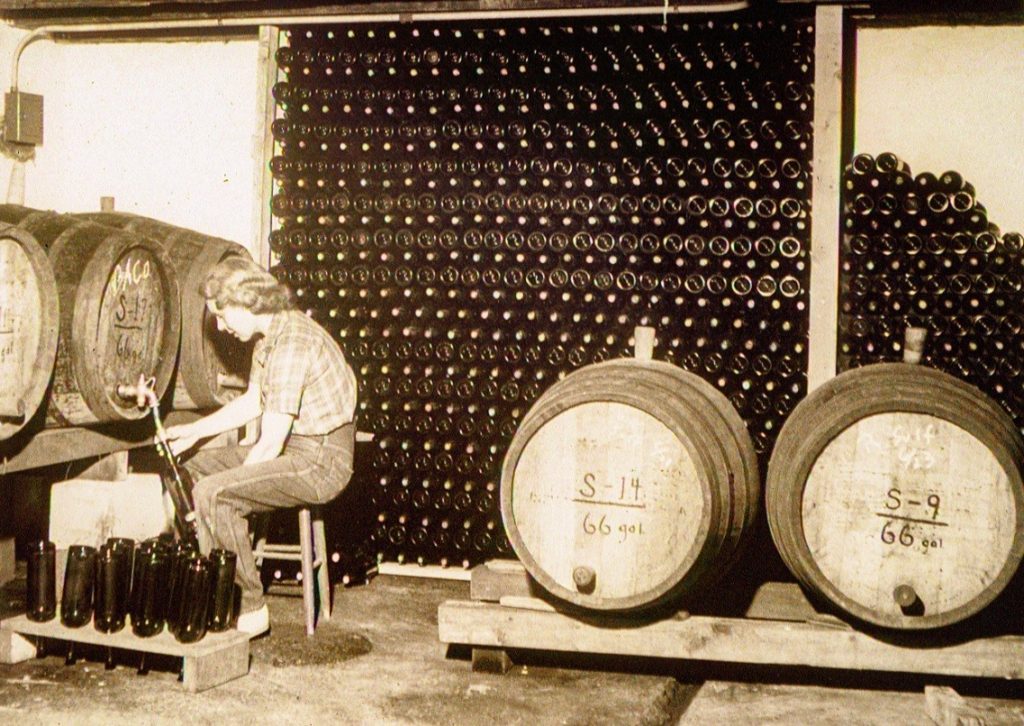
Winter 2020
Happy Birthday Boordy . . . it’s your 75th anniversary!
While 75 years my not seem significant in an endeavor that is as old as recorded history (winemaking is depicted on mosaics in the tombs of the pharaohs), in the context of the fast moving, ever-morphing commercial landscape of the United States it’s no mean feat. Boordy, Maryland’s first commercial winery, got its officialstart in 1945 just as WWII came to a close, but it’s unofficial roots date back to the Prohibition era, which, you will recall, wiped out the American wine industry between the years 1918 – 1933. Through those dark days, Boordy’s founders practiced benign civil disobedience by supplying vines to backyard growers and a handy companion book, “American Wines and How to Make Them”. To say that the wine industry in the U.S. was in a primitive state in those years would be an understatement.
Boordy’s first commercial wines were made with hybrid vines imported directly from France; they were dry and fresh on the palate and were intended to be drunk young like any good “vin de pays”. Selling for around $2/bottle, they rapidly gained a following.
Our family began growing grapes for Boordy in 1965. Fifteen years later we purchased the name and equipment from the founders and moved the winery to our farm in the Long Green Valley. With its historic barns and ample land for vineyard expansion, the farm was the ideal setting for the next chapter in Boordy’s story. Since then, Boordy’s evolution has mirrored that of the national wine industry, with impressive investments in vineyards, equipment, and talented personnel, mirrored by equally impressive gains in the quality of our wines.
The Boordy story is a rich one, underpinned by family commitment, innovation, risk taking, and reward. It is a journey shared over seven and a half decades with our fellow Marylanders and folk beyond who have supported the adventure by purchasing our wines. While modest in scale, Boordy has proven more durable than the Soviet Union, the beehive hairdo, and the European Union, and has proven more financially stable than General Motors and Lehman Brothers.
The wine industry is one instance where age confers a distinct advantage, particularly in a region where much of our know-how derives from practice; to make the best wines we must commit to a lot of trial-and-error. Our soils and climate are distinct; we cannot parrot California or France. Time is on our side, allowing the knowledge that we have accumulated over the years to be passed from one generation to the next. While perhaps a bit trite, it’s not inappropriate to compare Boordy’s evolution to that of a fine wine aging in the bottle, whose trajectory is toward better and better quality.
I hope you enjoy this selection of Landmark wines. Thank you for sharing our journey, and please raise a glass to salute this milestone in Boordy’s history.
Cheers,
Rob Deford, president
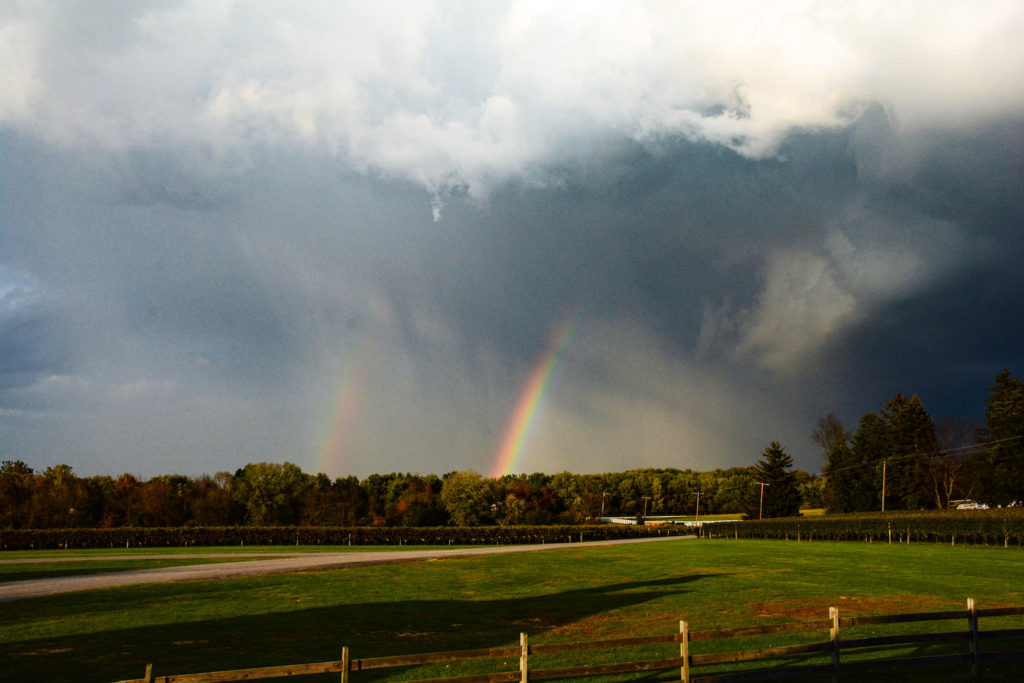
Fall 2019 Whither the Weather
With the excellent 2019 vintage just completed and the new wines safely tucked away in our cellars, we now have the luxury to reflect upon broader issues, foremost among them being: “whither the weather?” The dramatically different personalities of the 2018 and 2019 vintages beg the question of whether our weather has come off the rails?
According to NOAA, “the difference between weather and climate is a measure of time”. Climate is the big picture, including average temperatures, rainfall, and length of growing season that characterize a region. A coastal state at the 39thparallel (sandwiched between Napa and Rome), Maryland has a climate whose broad metrics favor fine wine production.
The weather is what we talk (and complain) about on a daily, weekly, even monthly basis. So, when does weather become climate? When do fluctuations become so extensive that they warrant a recalibration in how we grow and make our wines? The reason this matters is that climate is the sine qua non of fine wine. All else is for naught if climate isn’t on our side.
Presently there are more questions than answers. Winemaking is at its heart an optimistic undertaking, and despite the perennial challenges and triumphs of weather (which have a history as old as wine itself), our belief in the fundamentals of Maryland’s climate is unshaken. Annual variability also has a silver lining: it insures against complacency in our work and bland consistency in our wines. Each vintage has a unique character, requiring an attentive, nimble approach to get the best result. At Boordy, now reaching our 75th year, we embrace this approach.
The 2019 vintage gave us a rare combination of fine quality fruit and abundant crops, so we will have much to celebrate beginning with the first white and rose wines to be released this spring, to the reserve reds which we look forward to sharing with you in 2022.
As always, we deeply appreciate the faith you place in our work through your membership in the Landmark Wine Club.
Cheers,
Rob Deford, president
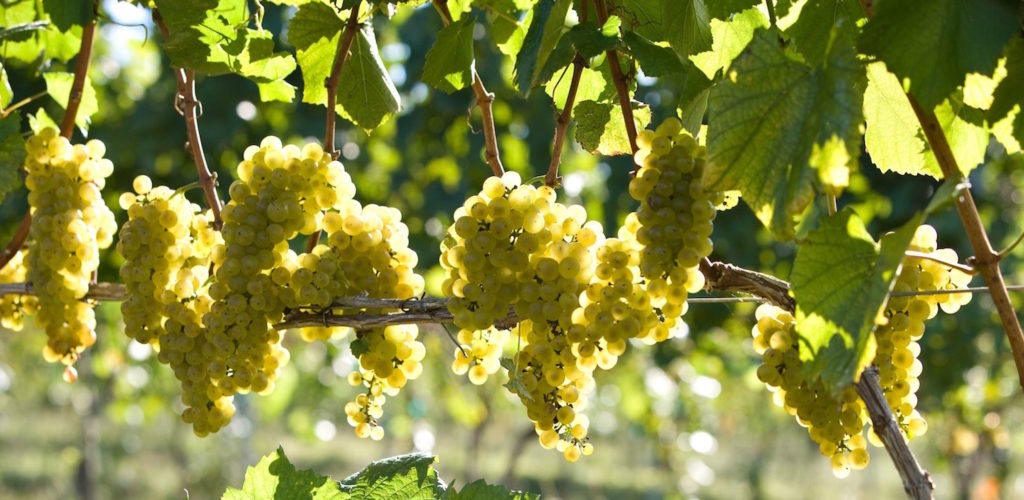
Summer 2019 Not Reserved about Chardonnay Reserve
Chardonnay, the most widely planted white wine variety in the world, may be responsible for many bland, generic wines but it also produces rare and exquisite gems that are sought out by connoisseurs. This malleability is not a character deficit; it’s the secret to chardonnay’s appeal among winemakers. Chardonnay could be likened to a blank canvas upon which terroir (climate & geography) leave their imprint. Additionally, there are numerous clonal variants of chardonnay that range from high-yielding and insipid to finnicky, exotic, and flavorful. These two variables – terroir and clone – identify chardonnays from one vineyard or region to another and distinguish those which exhibit exquisite personality from the rest of the crowd.
Chardonnay is planted in both our Long Green and South Mountain vineyards. Long Green’s cooler conditions and more fertile soils yield chardonnay with tropical and citrus aromas and a medium to light body; these grapes are dedicated to our Icon Chardonnay. Our Chardonnay Reserve is sourced entirely from South Mountain where the growing season is longer and the soils poorer, yielding chardonnay with a more restrained aromatic profile and a mineral character which lingers on the palate. The harvest crew ducks under the trellis wires as they work down the rows, following a vein of impoverished soil where the best grapes are found. Tedious, back breaking work, yes, but it is the key to the rich, distinctive character of this wine.
The role of winemaking is critical. Careful blending of clonal lots and French oak barrel fermentation for six months add intrigue to both the aroma and flavor. To avoid over-extraction of wood flavors we use barrels ranging in age from new to five years. Hand stirring of the yeast “lees” (sediments) during this period contributes a rich “bready” nuance to the wine’s palate. Finally, we bottle age the wine for a year before release to harmonize its aromas and flavors.
An ocean of indifferent chardonnays has led to widespread fatigue among wine drinkers with this variety, but this misses the point. Chardonnay is, without a doubt, the greatest white variety in the world when grown in the right place and handled by talented winemakers. Boordy’s Chardonnay Reserve is such a wine, and a most worthy contribution to the noble legacy of this grape.
Cheers,
Rob Deford, president
